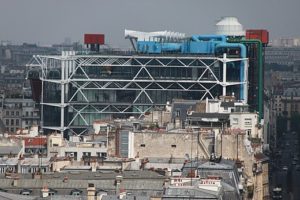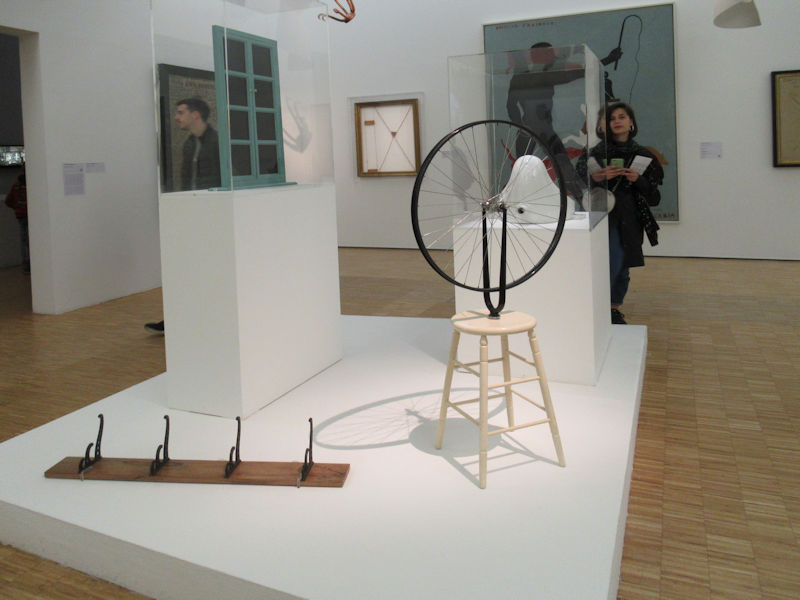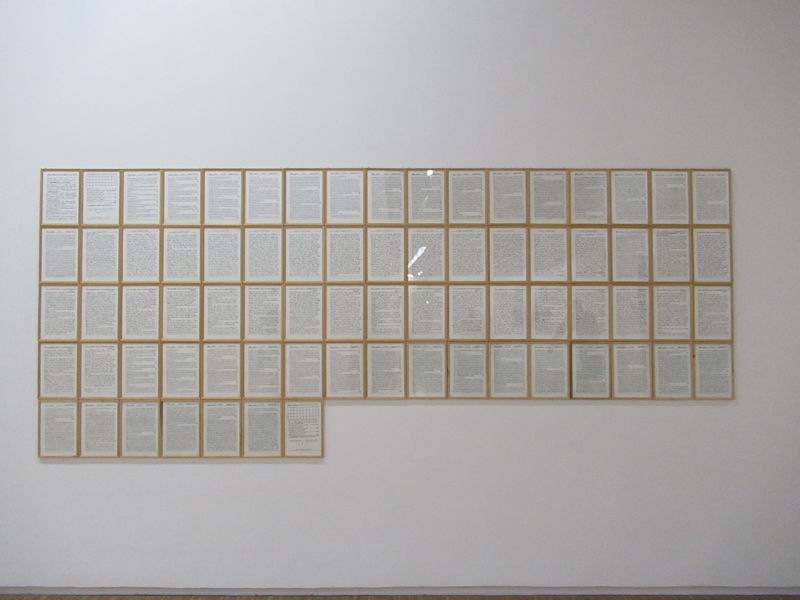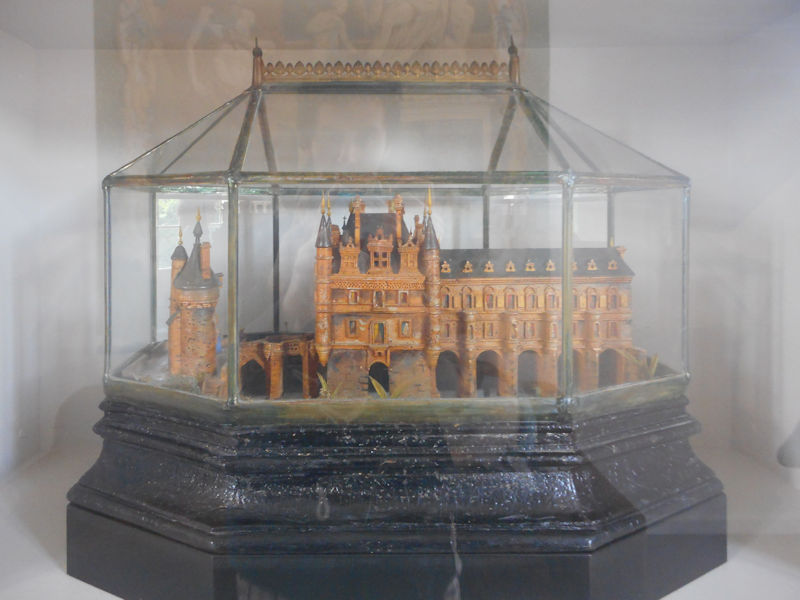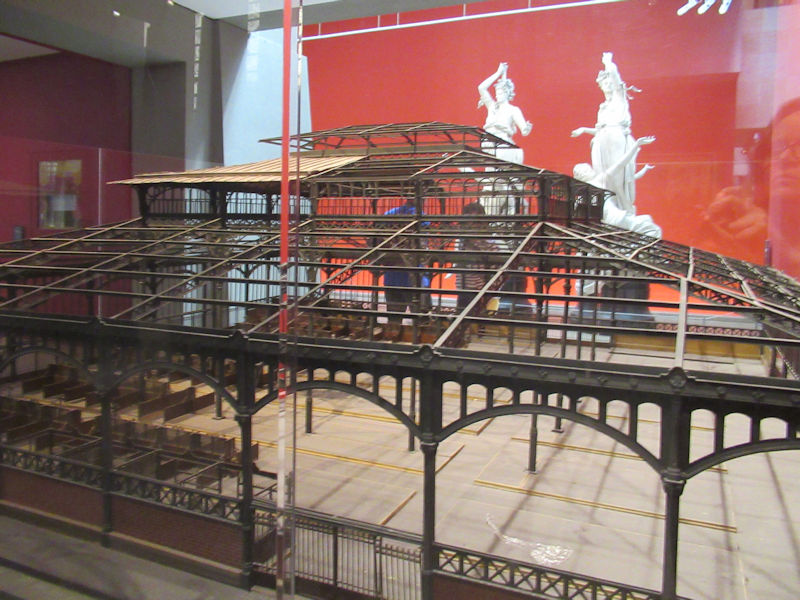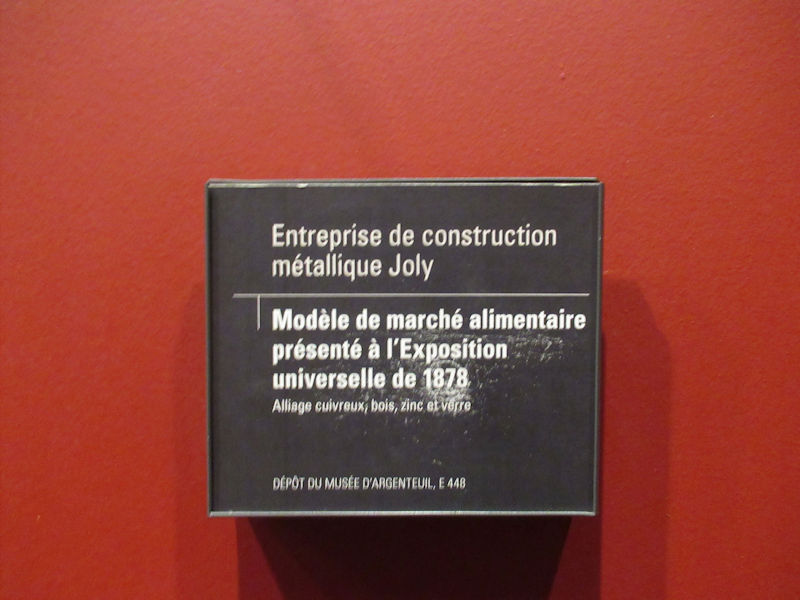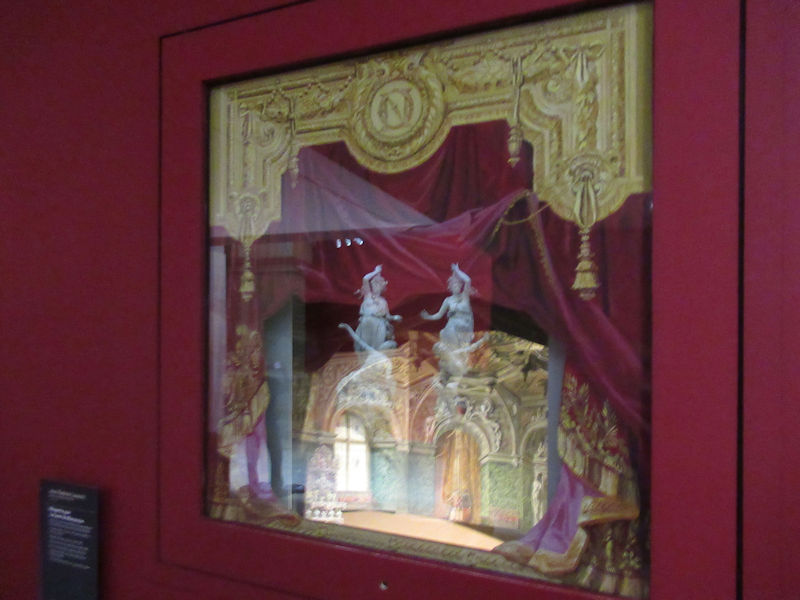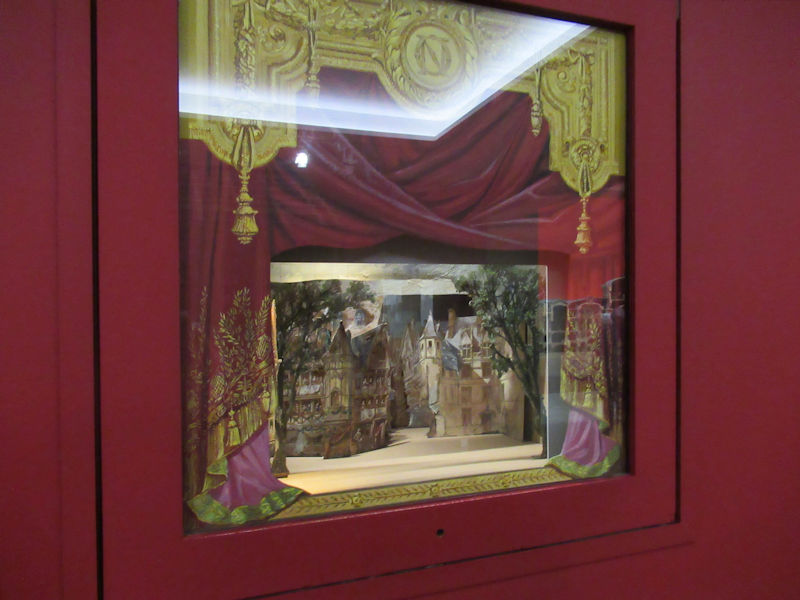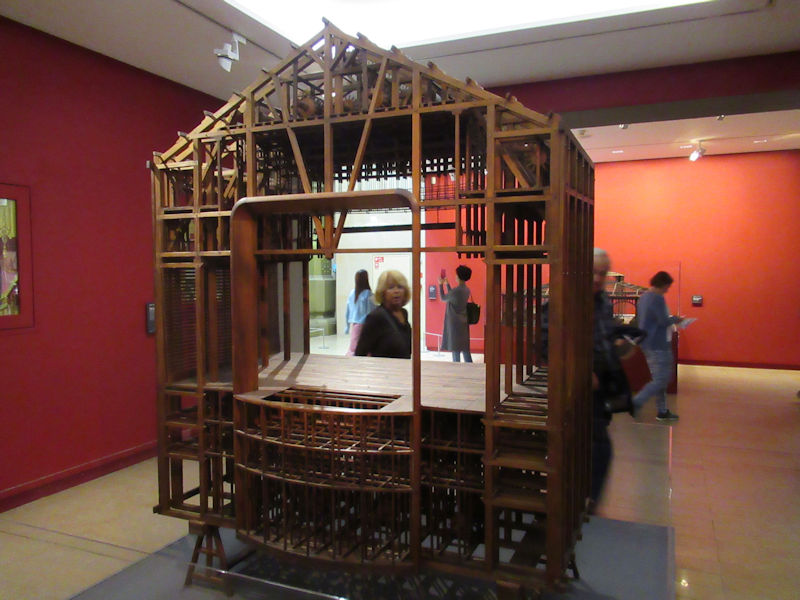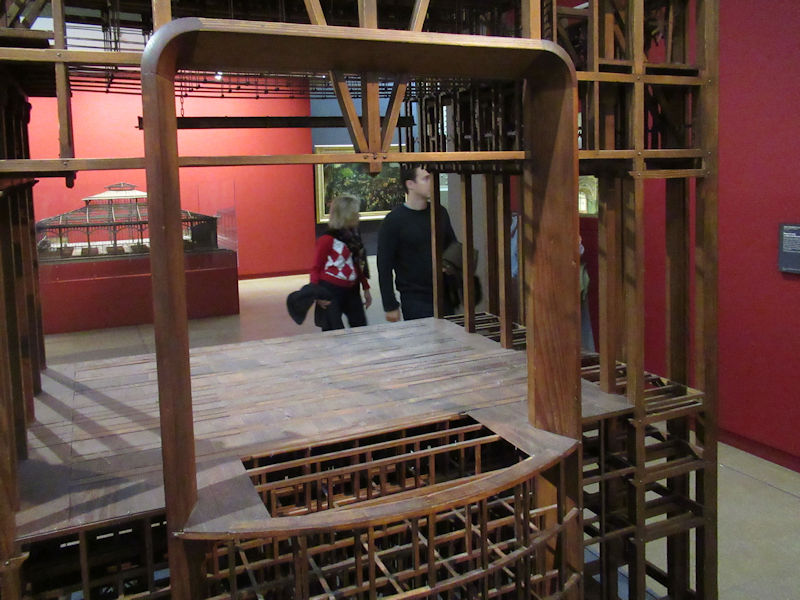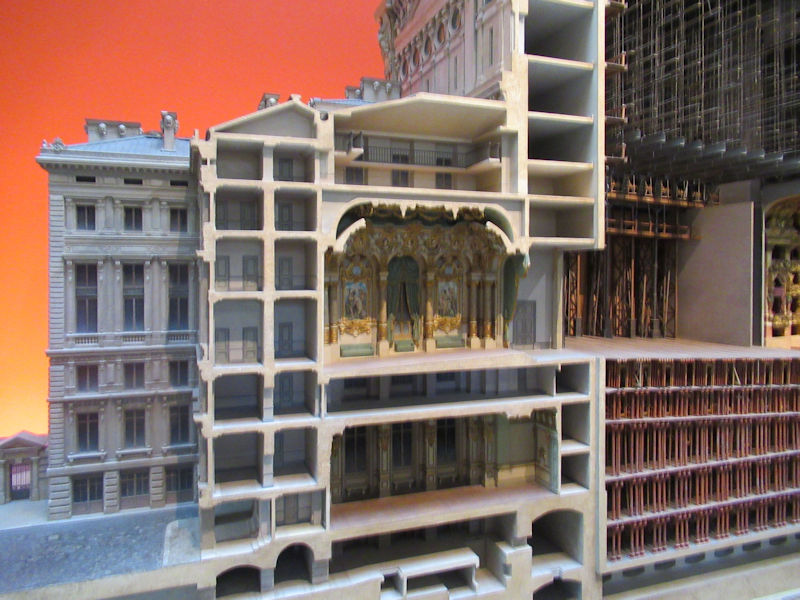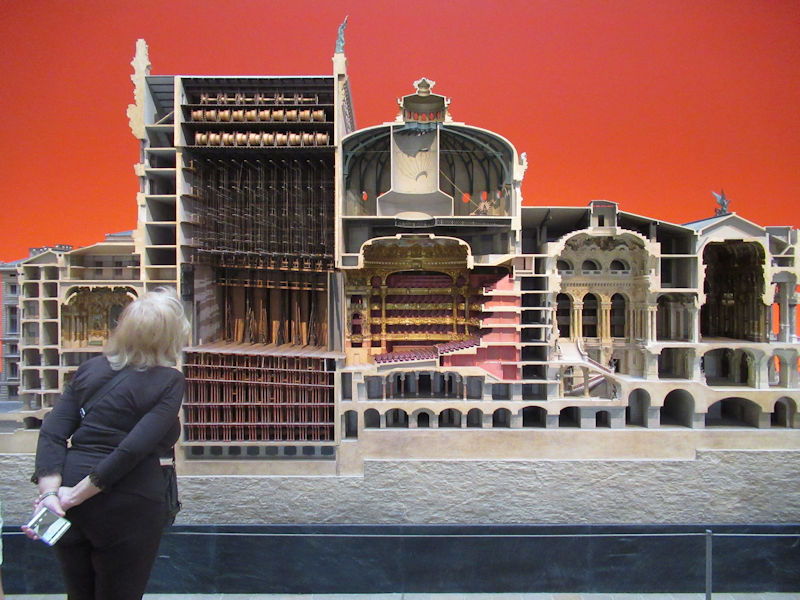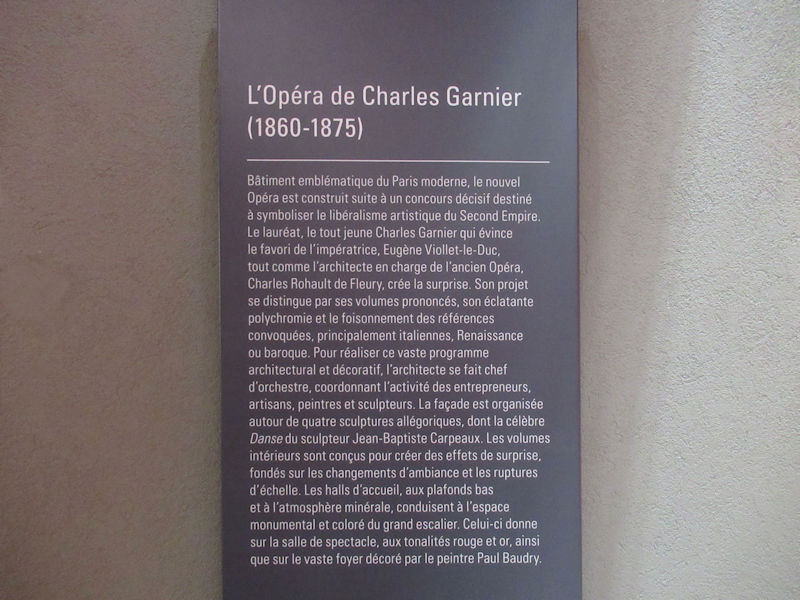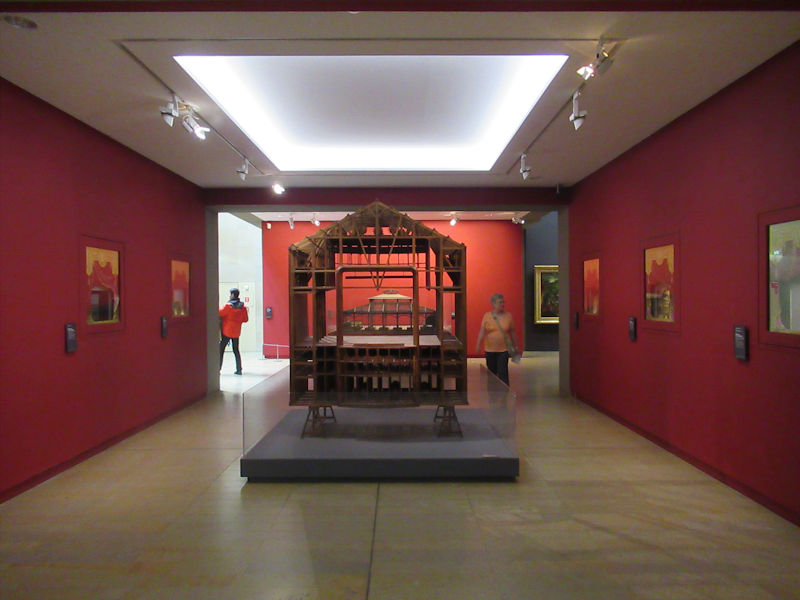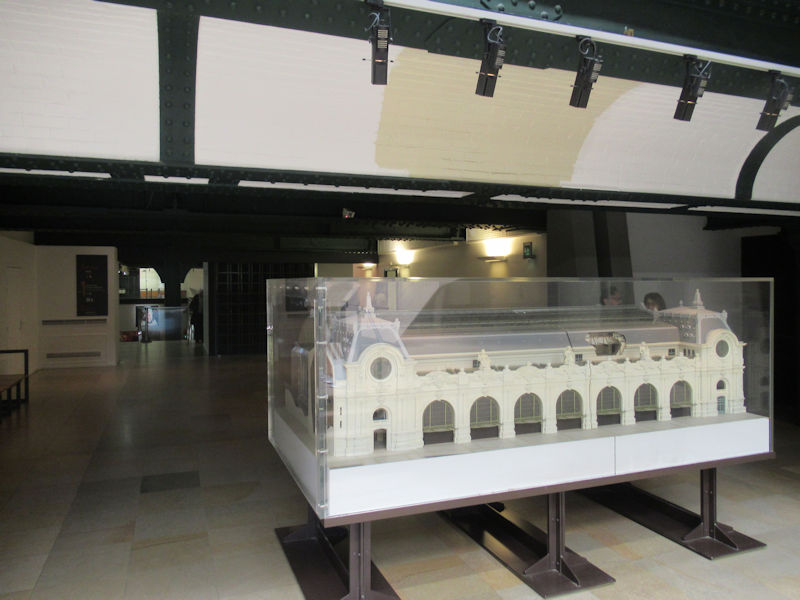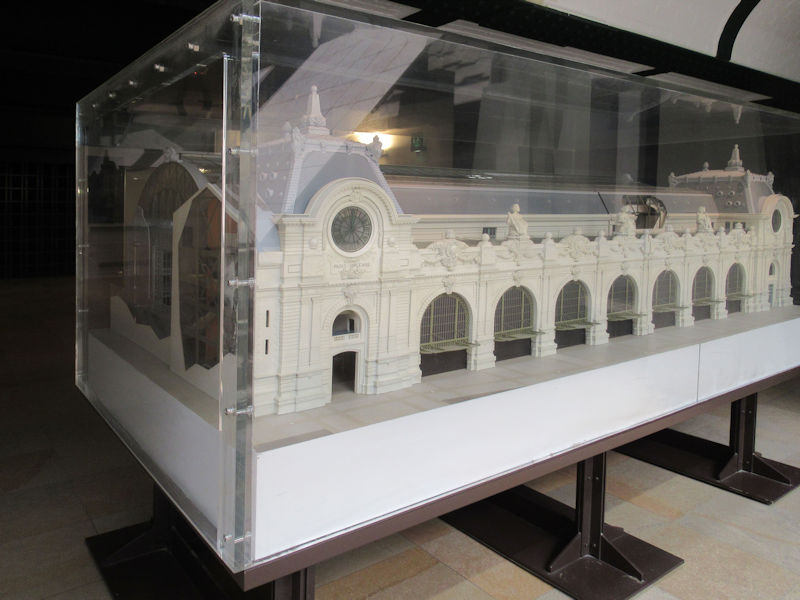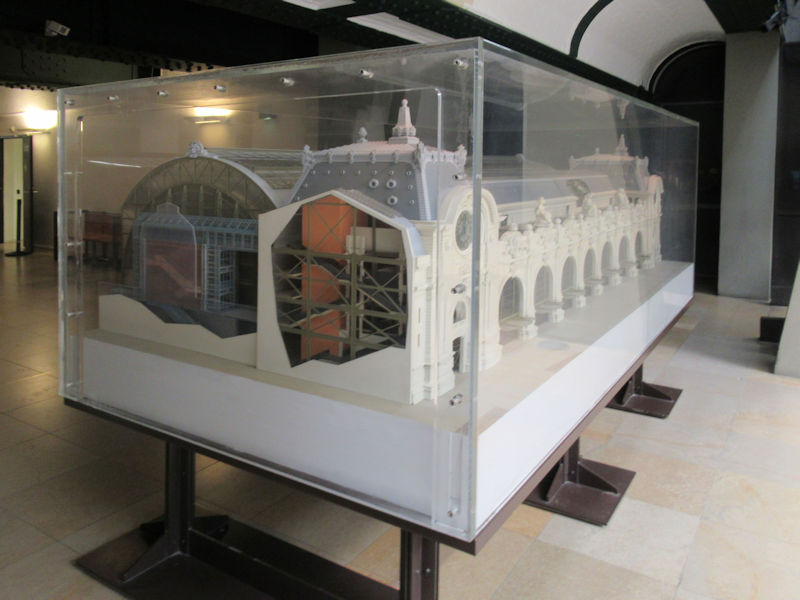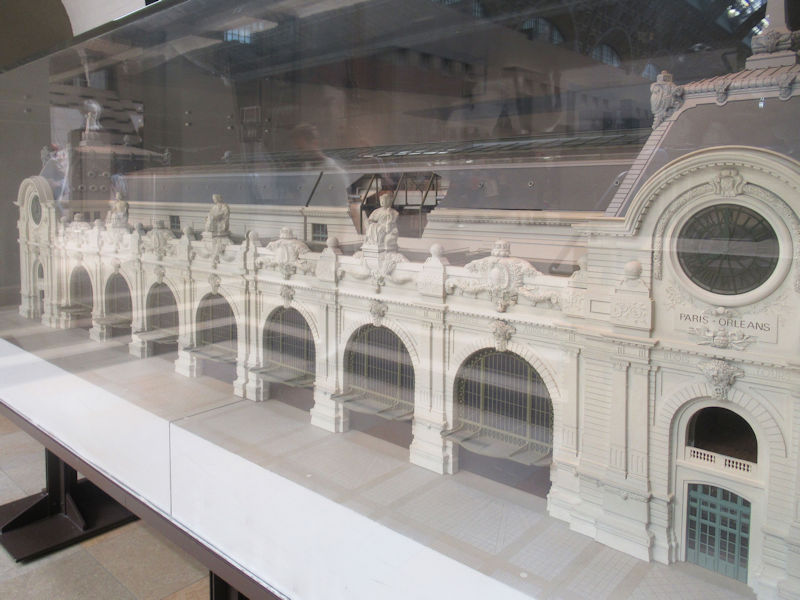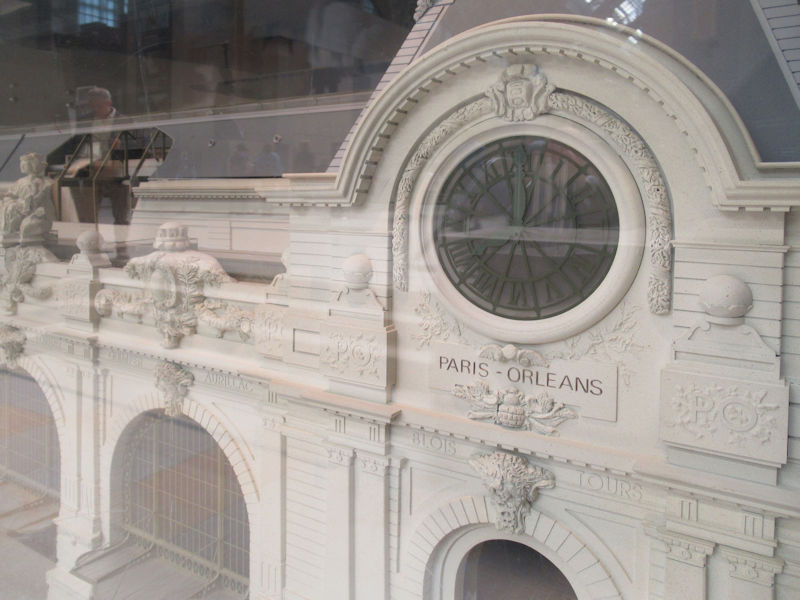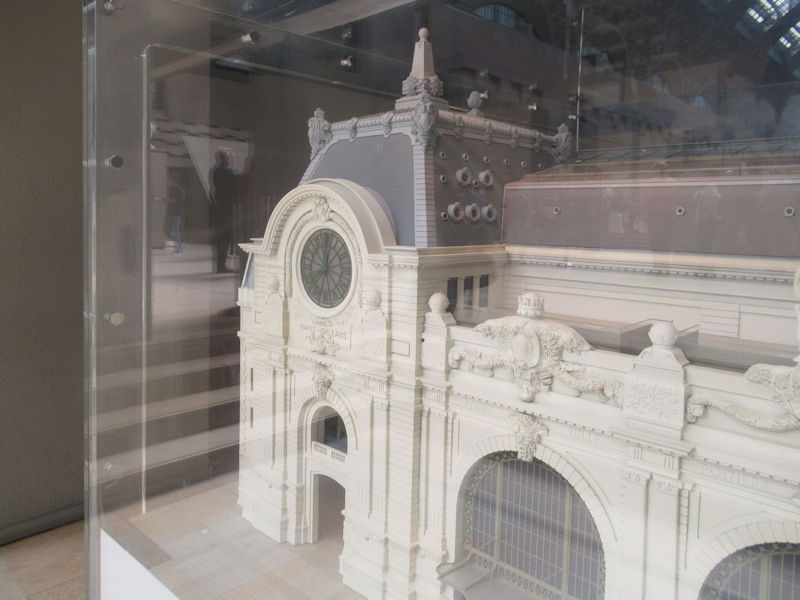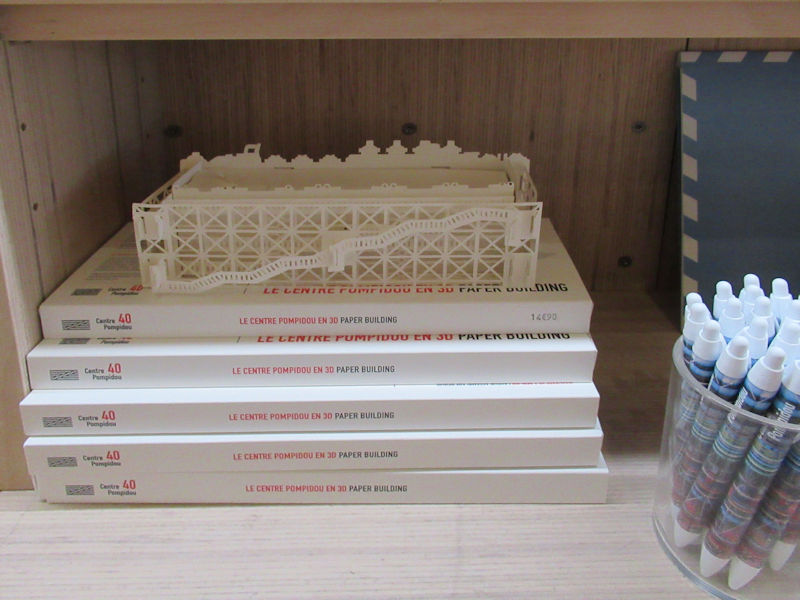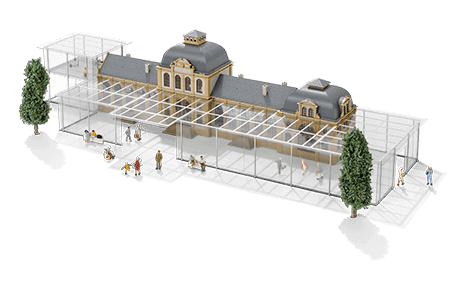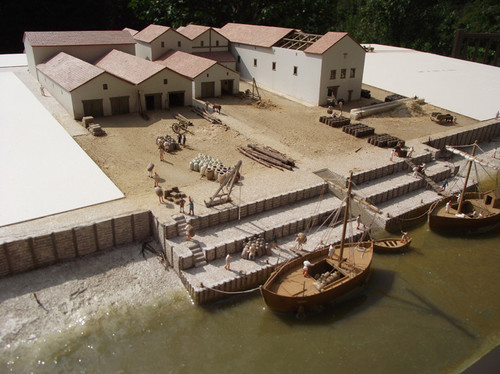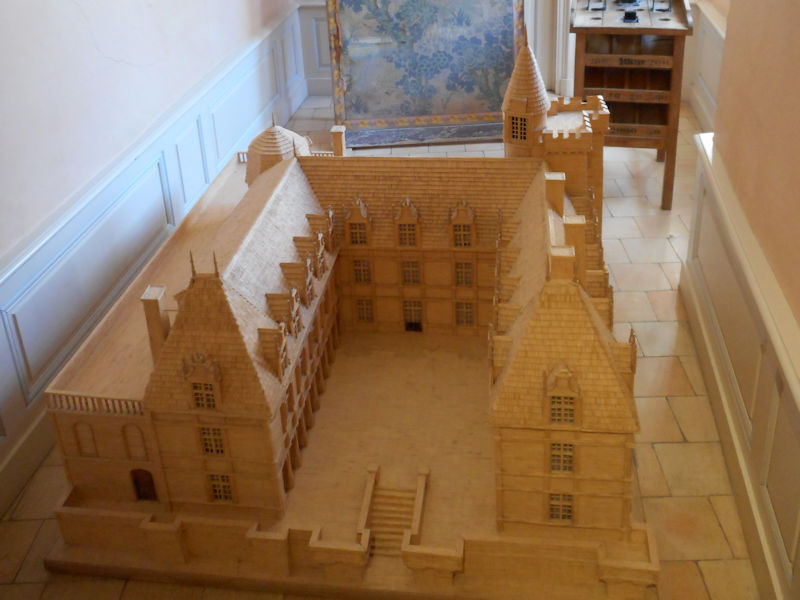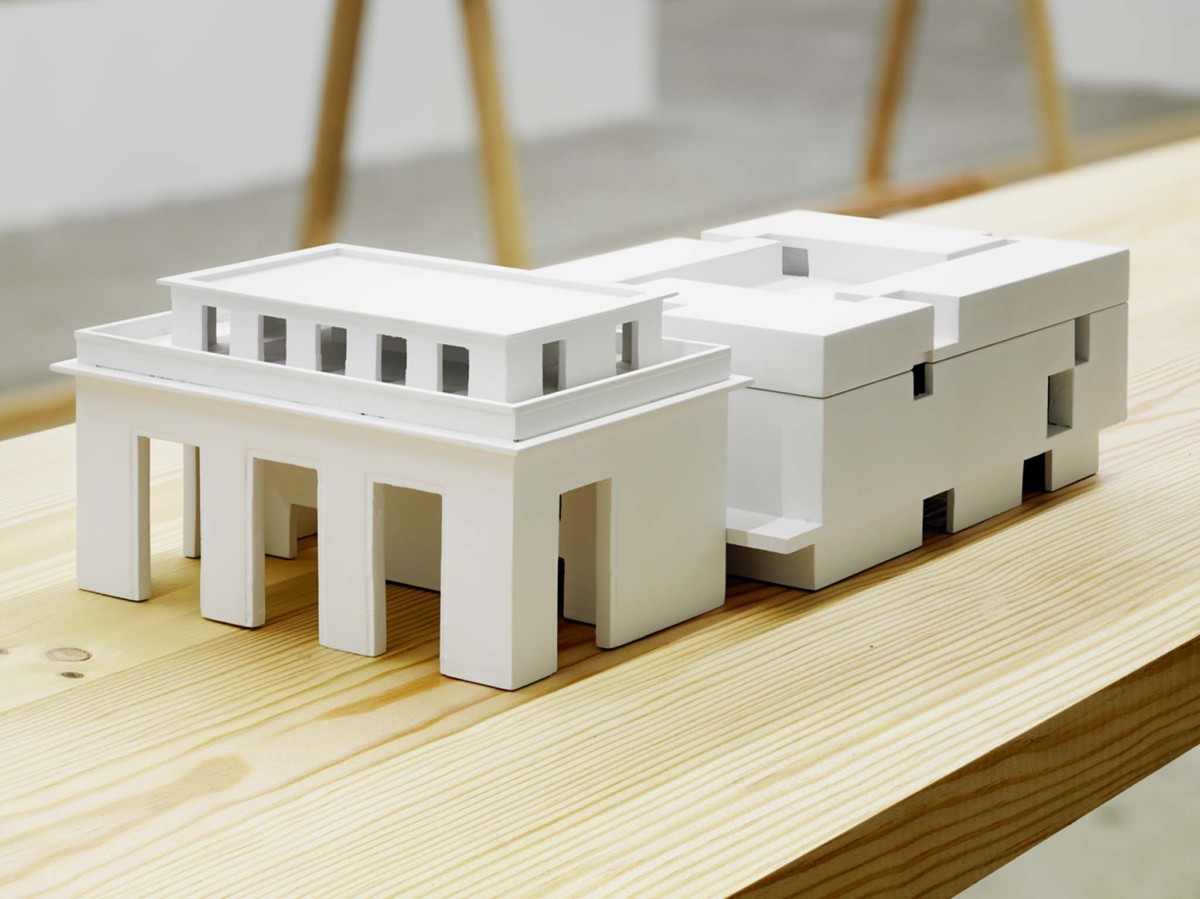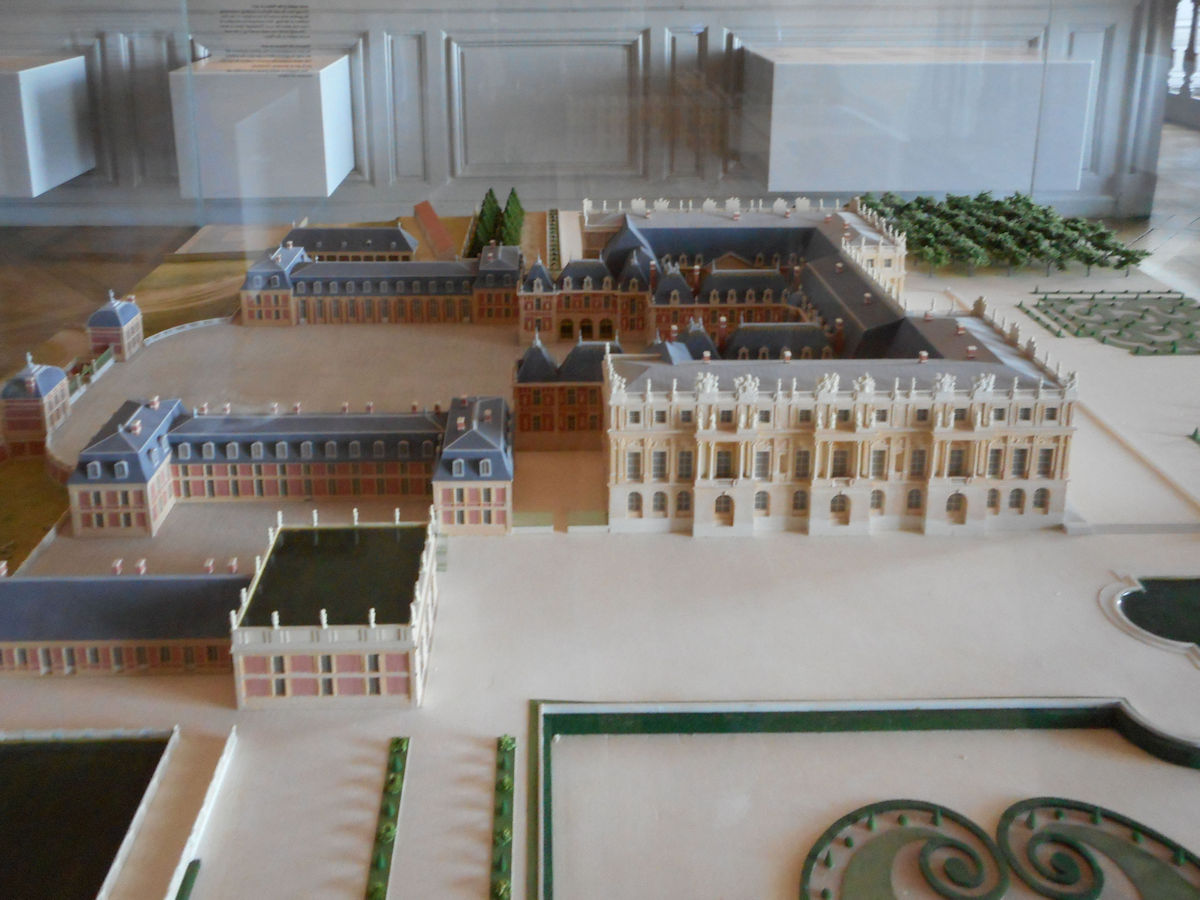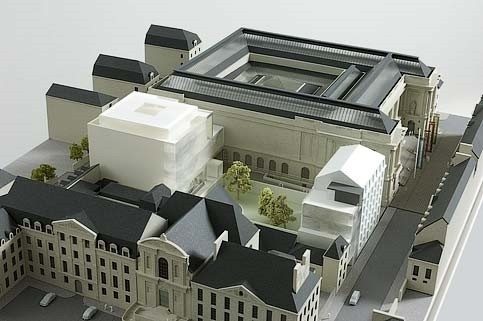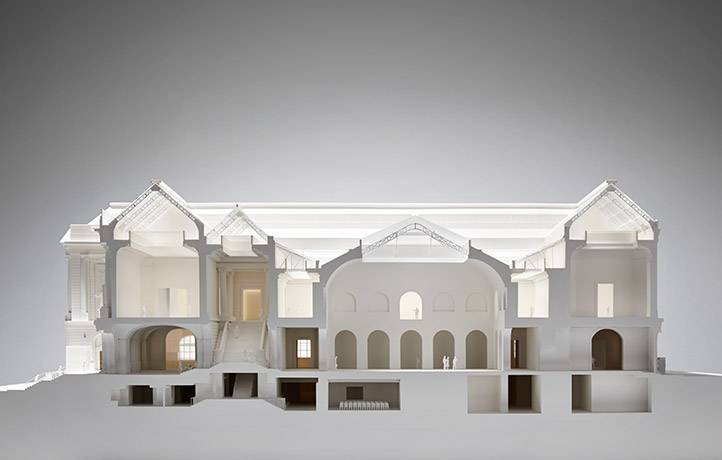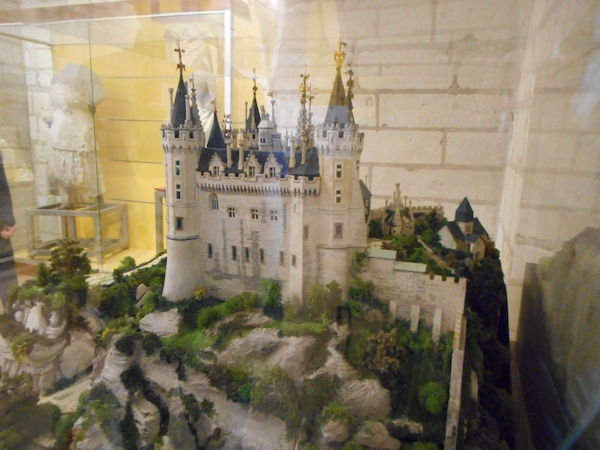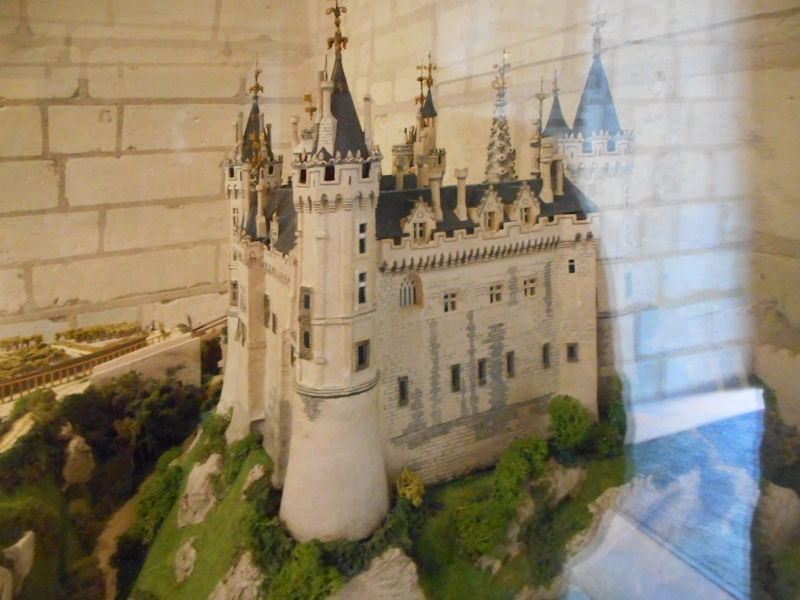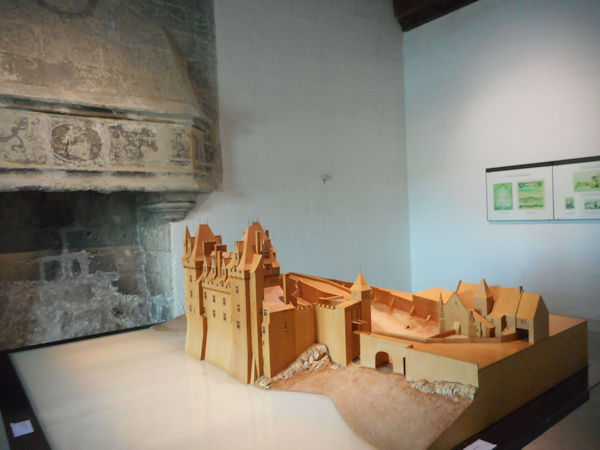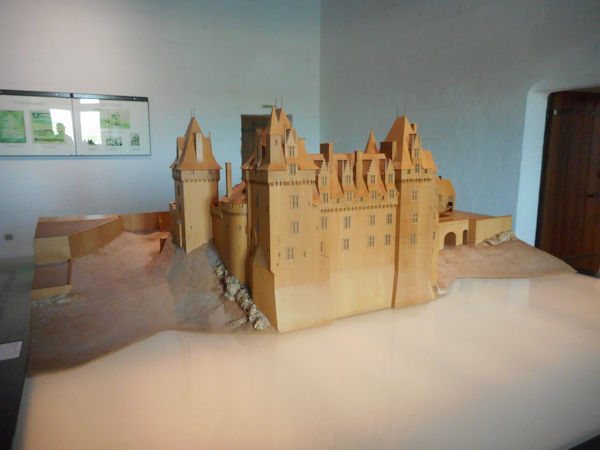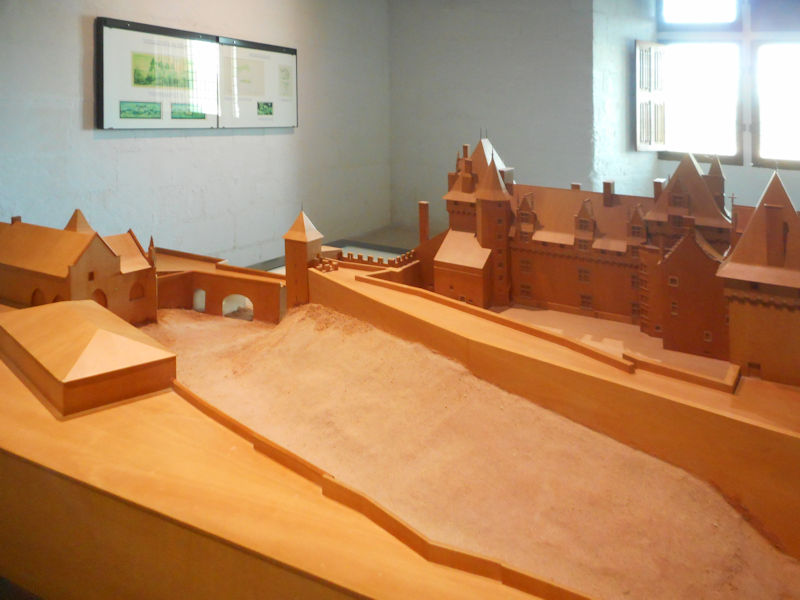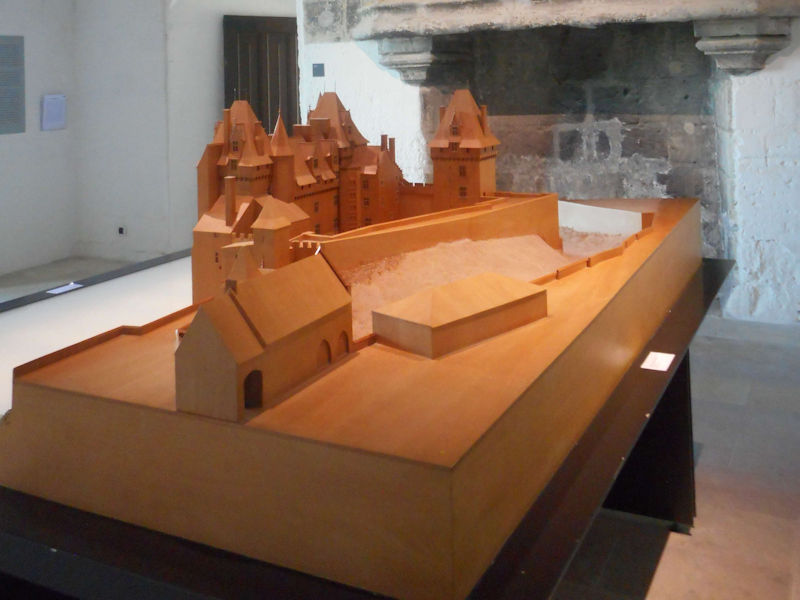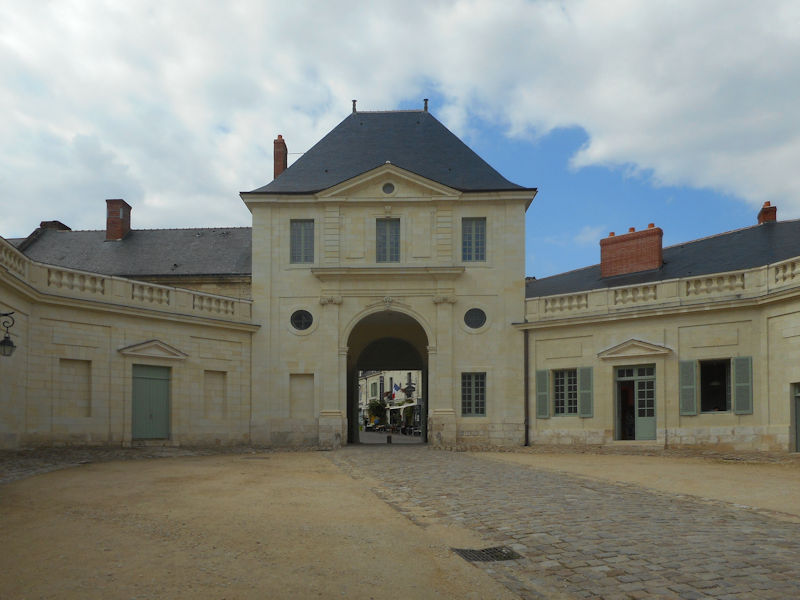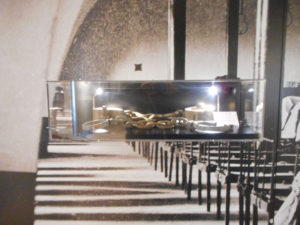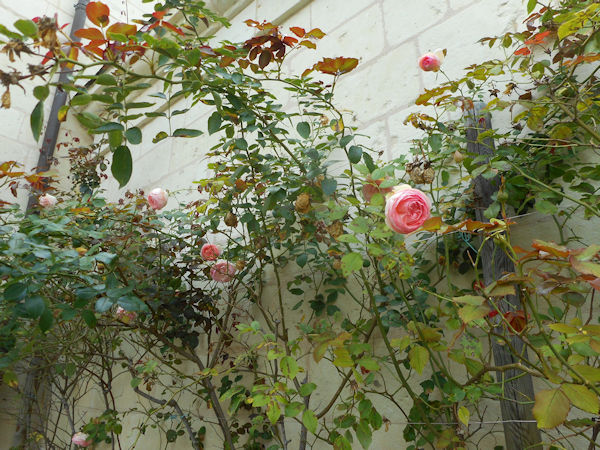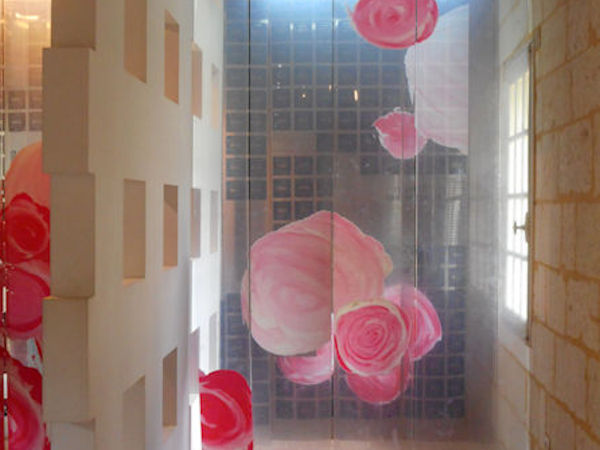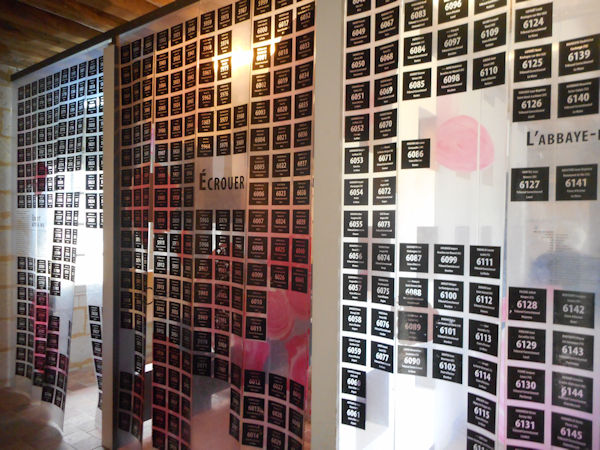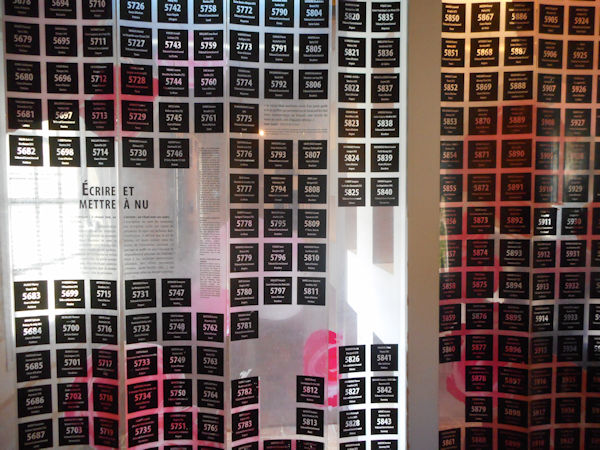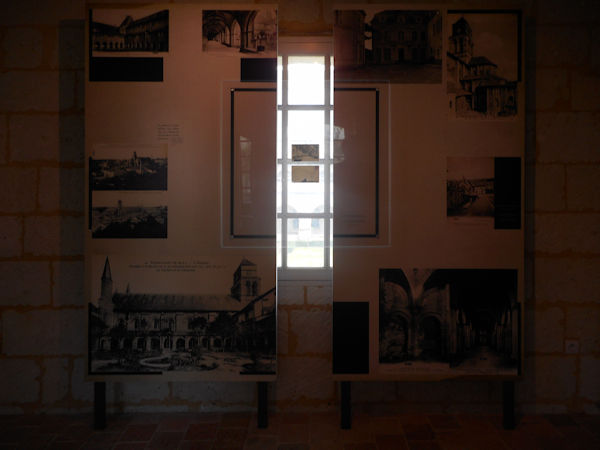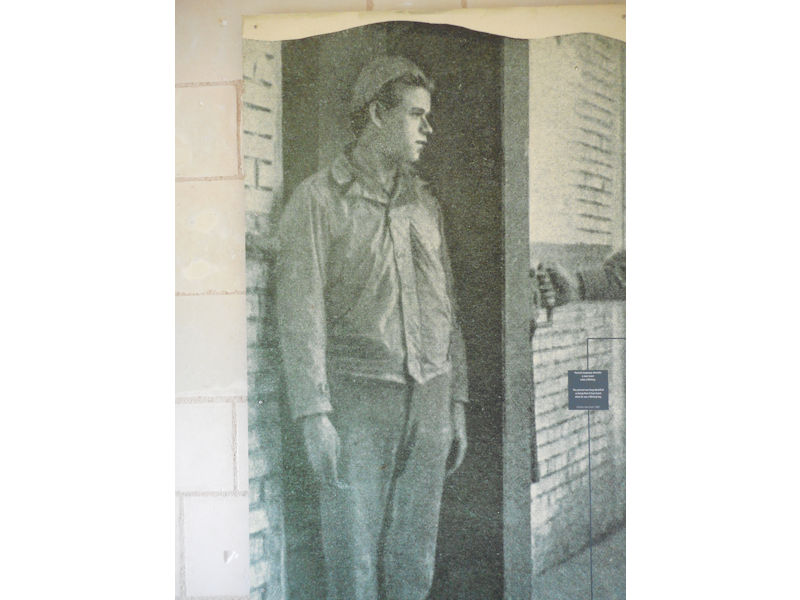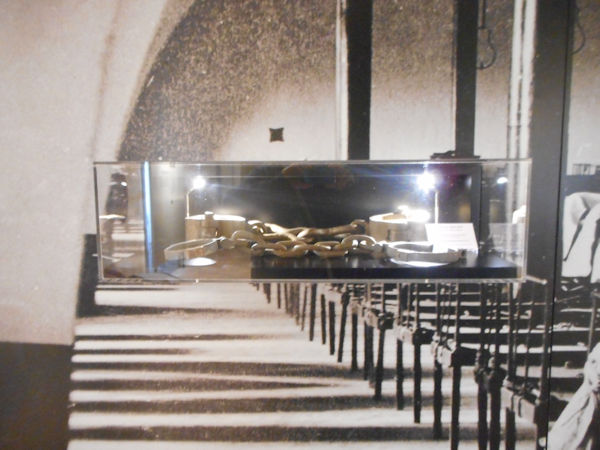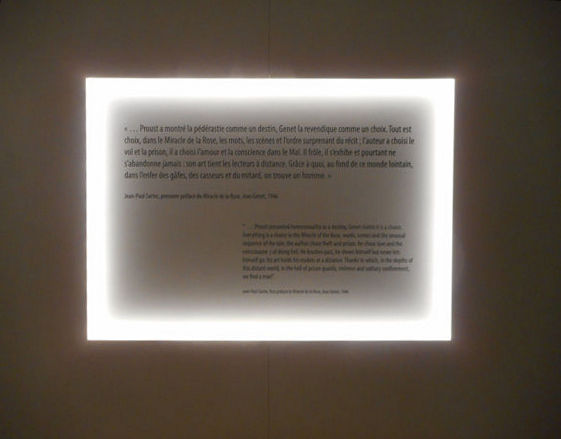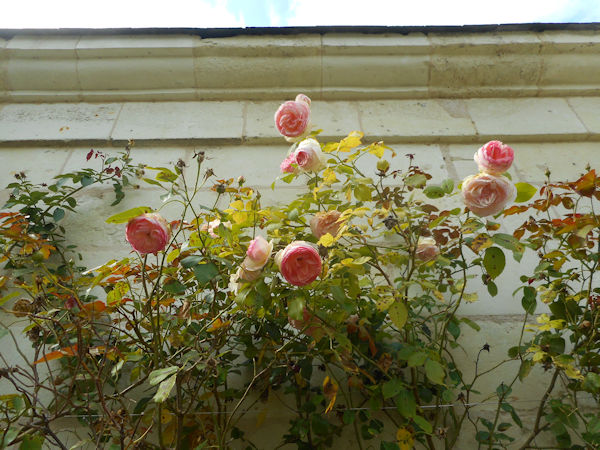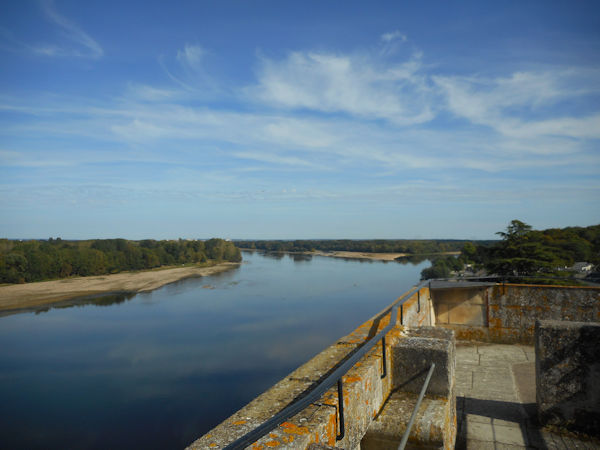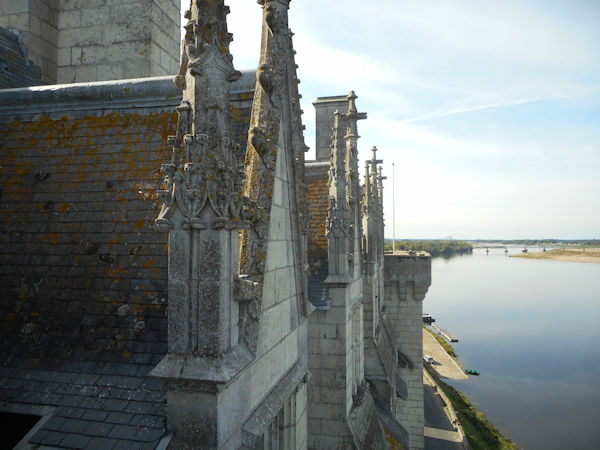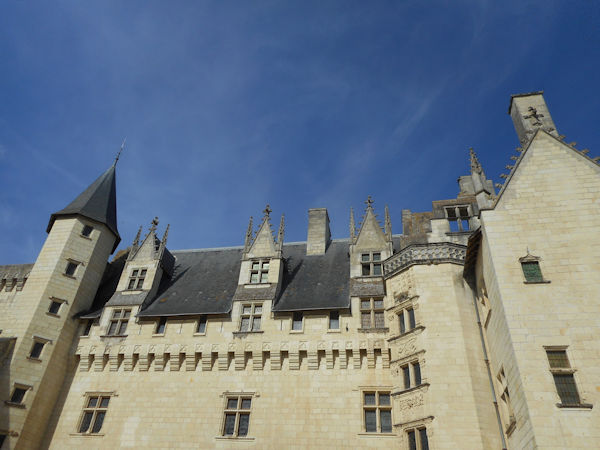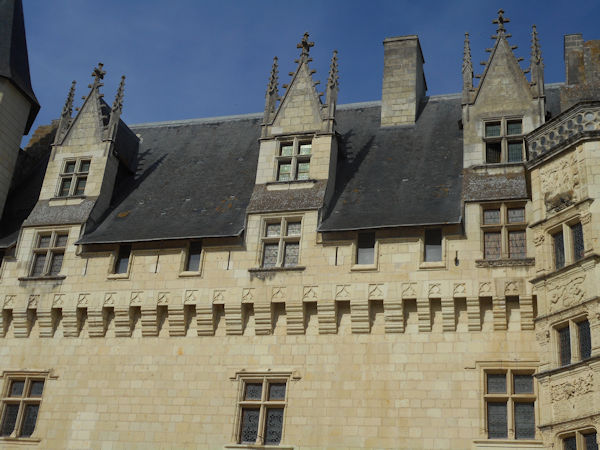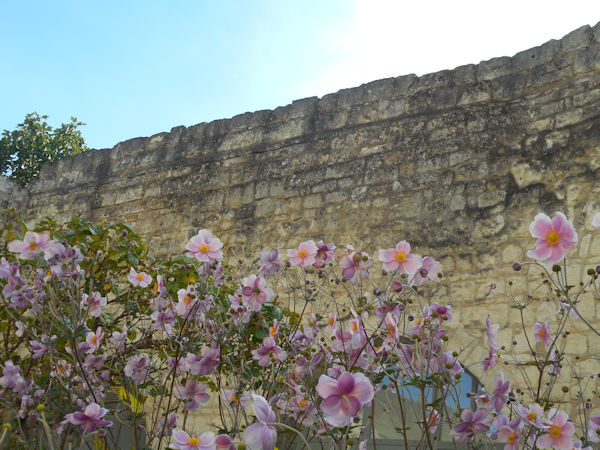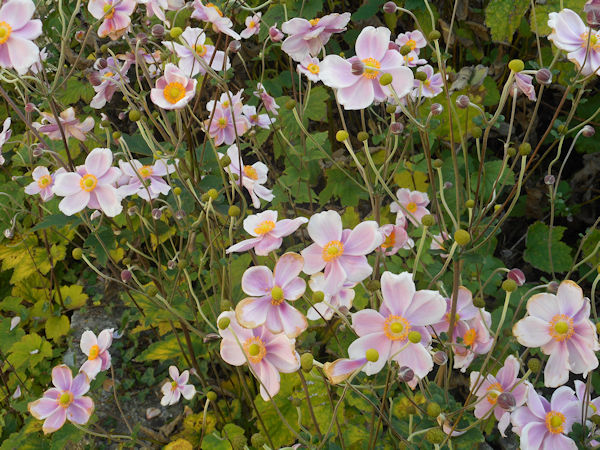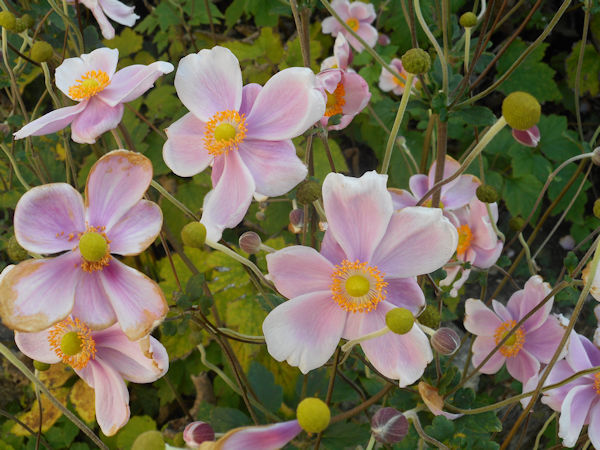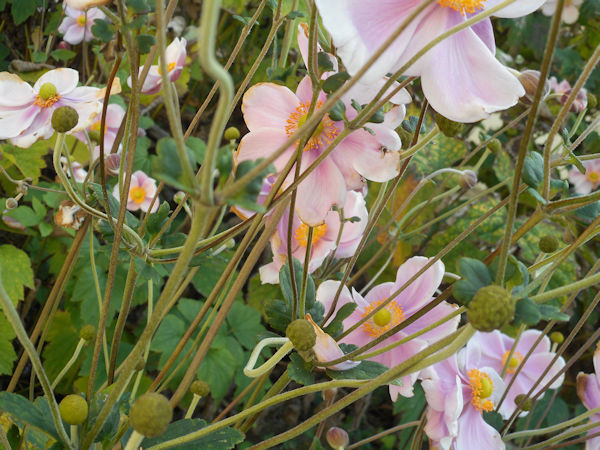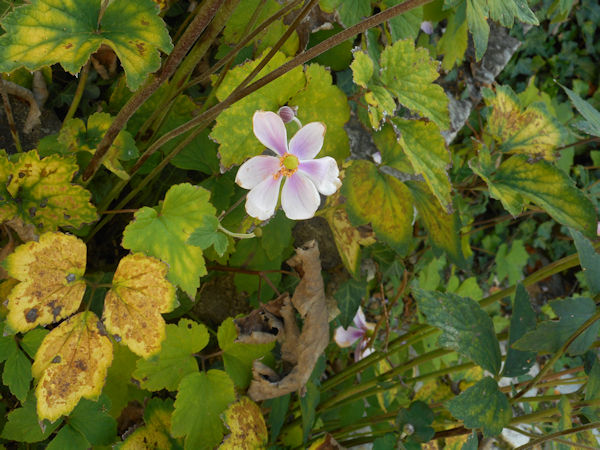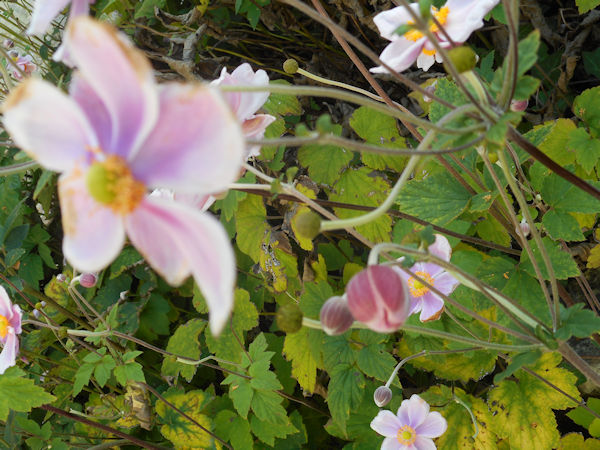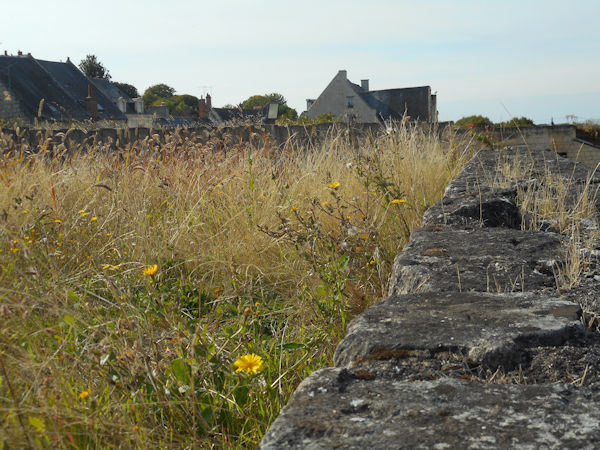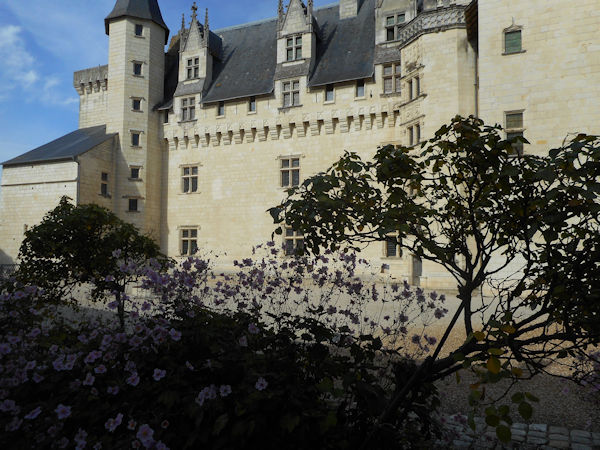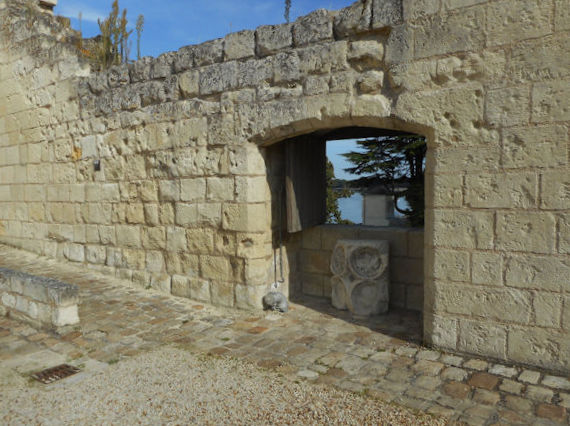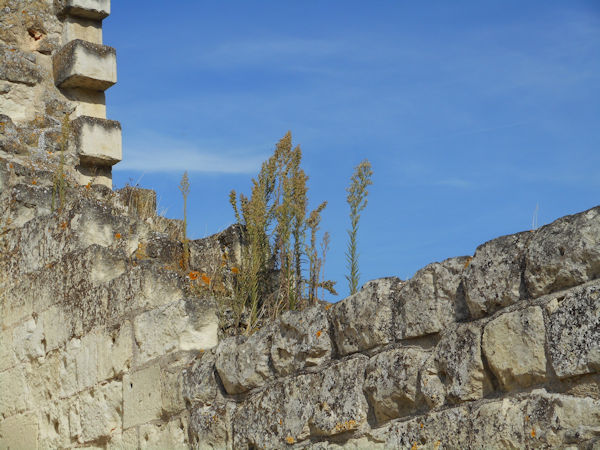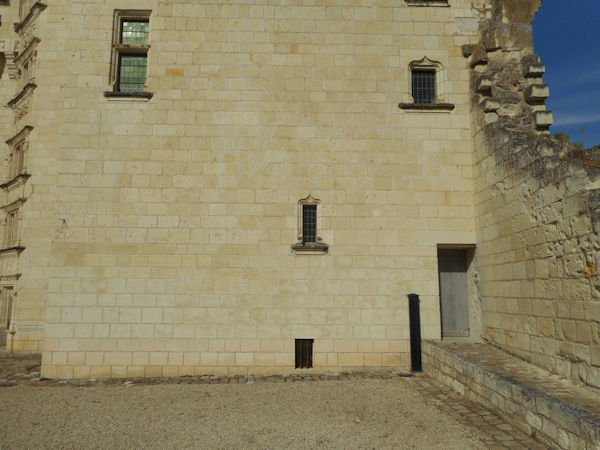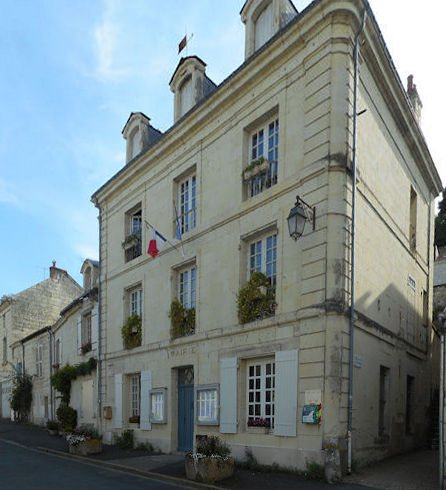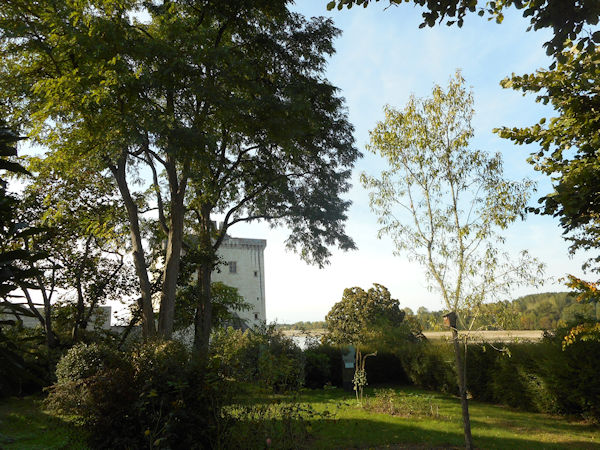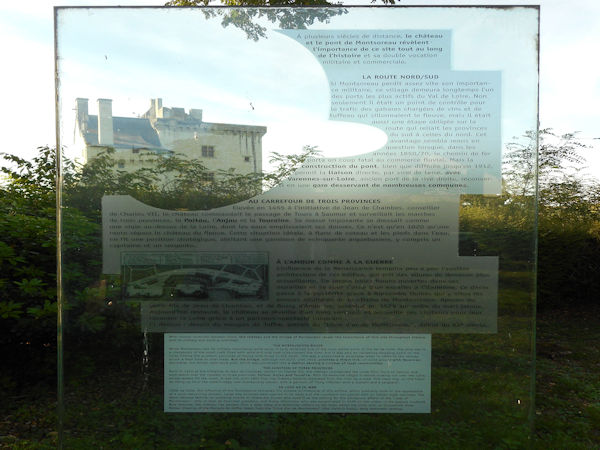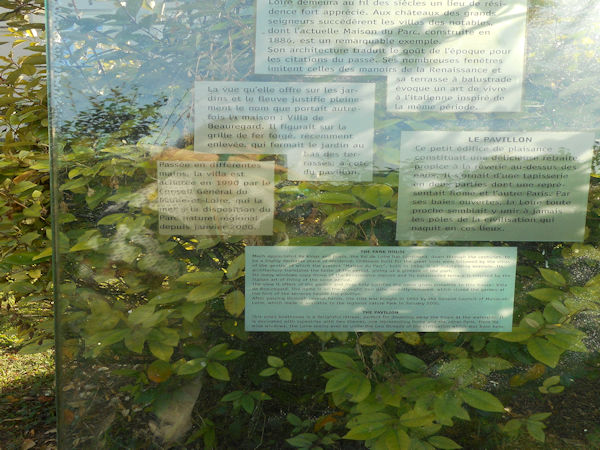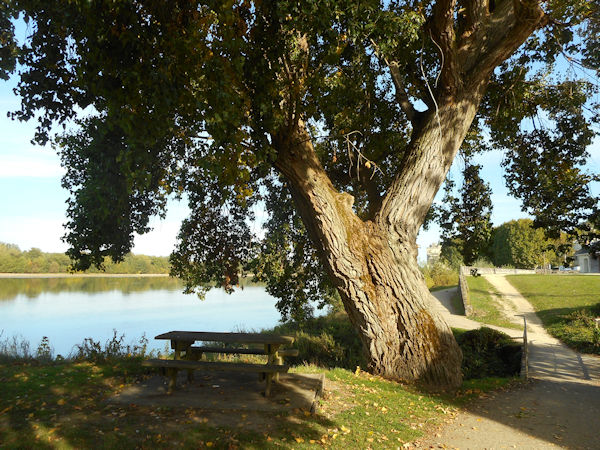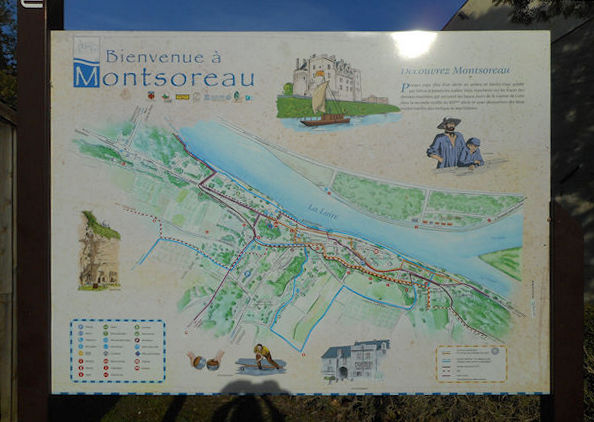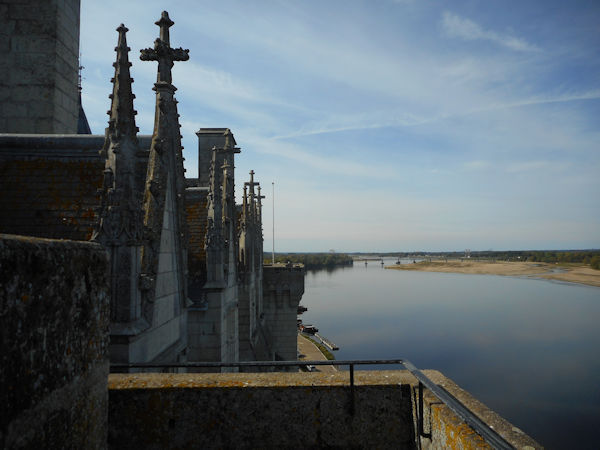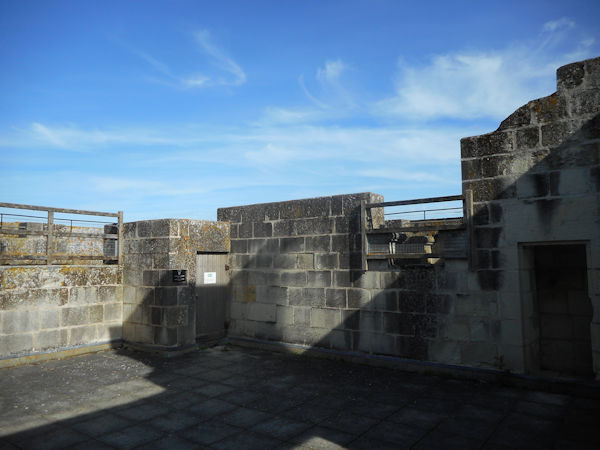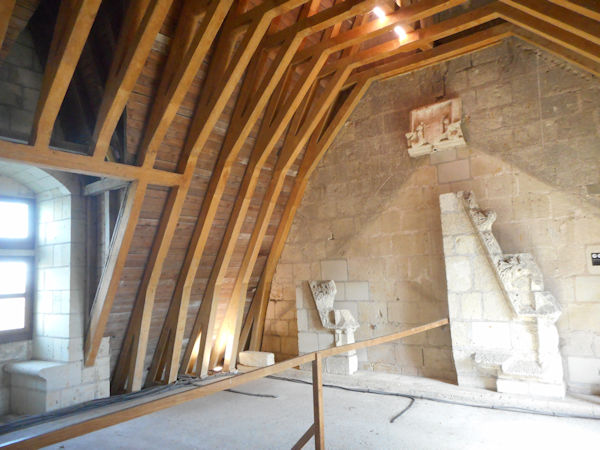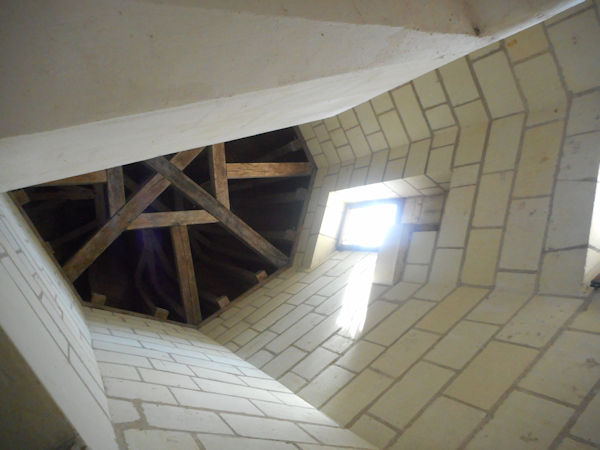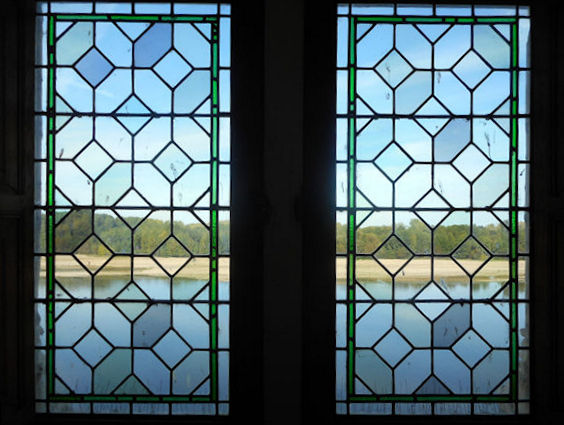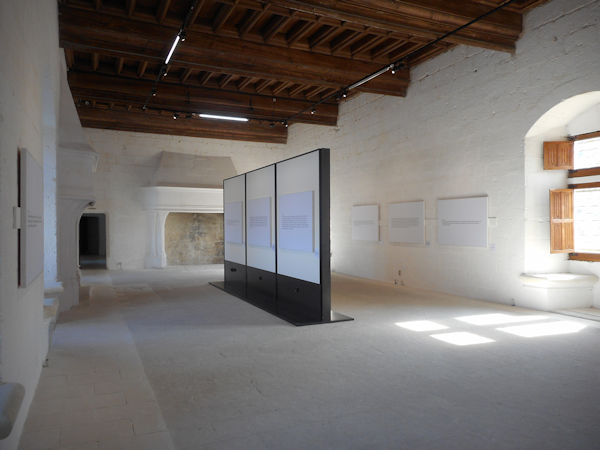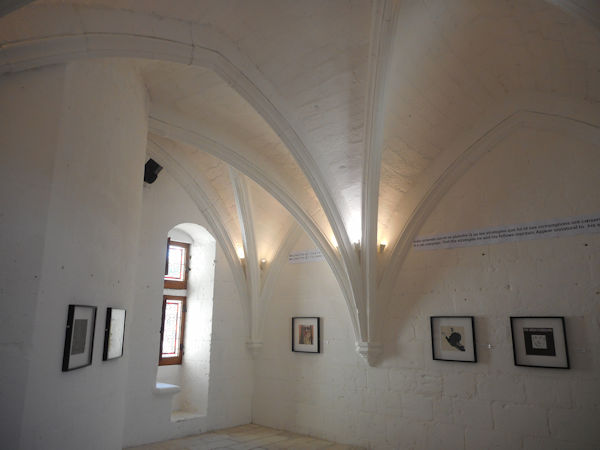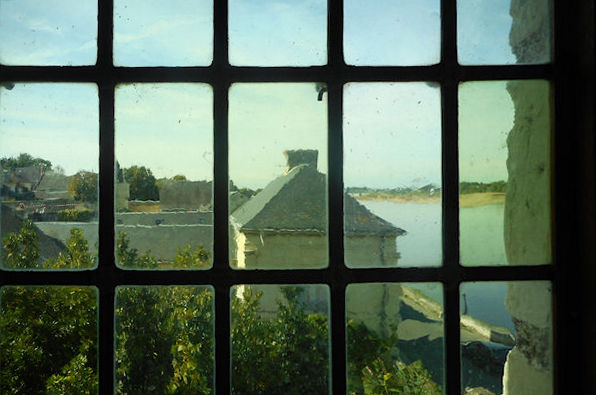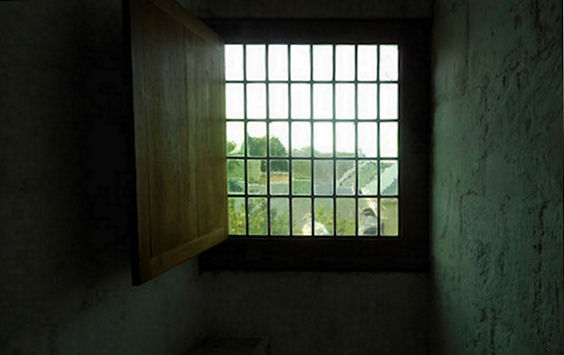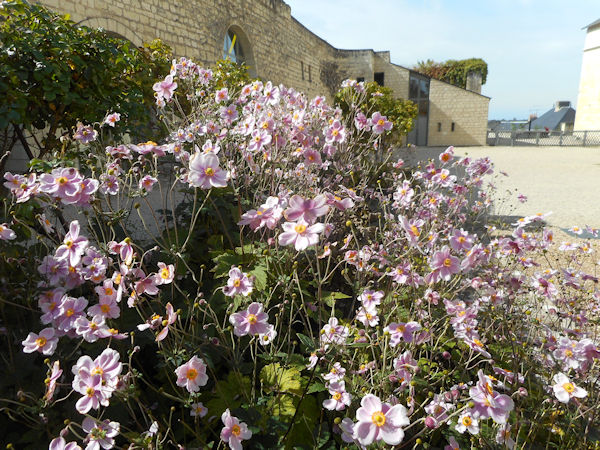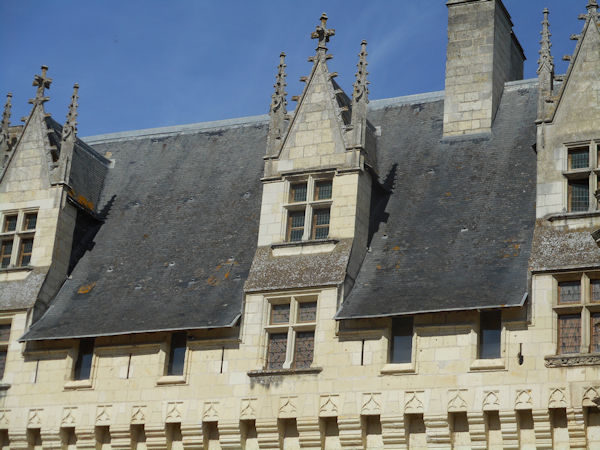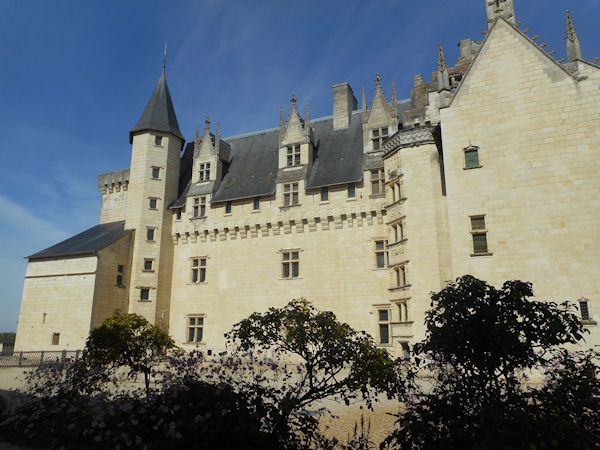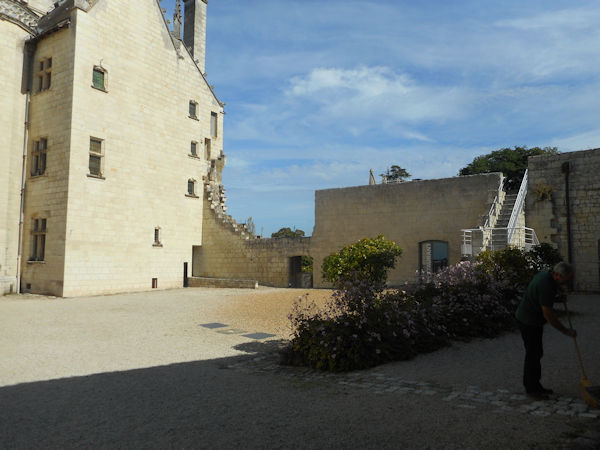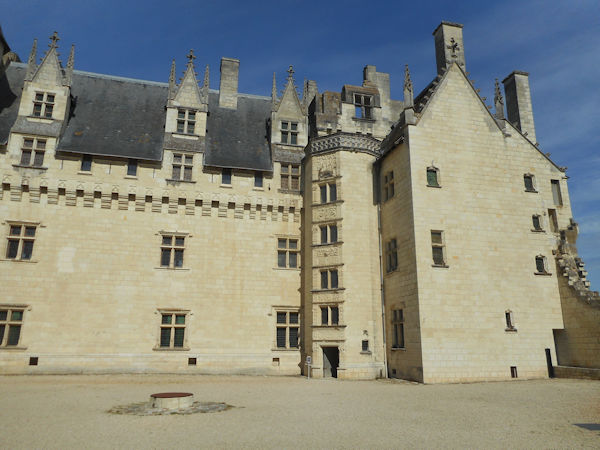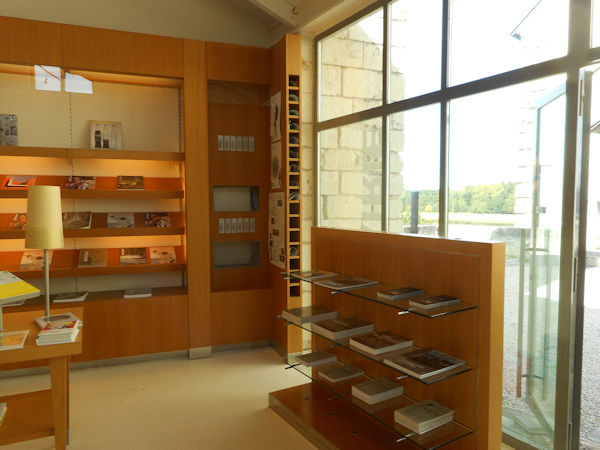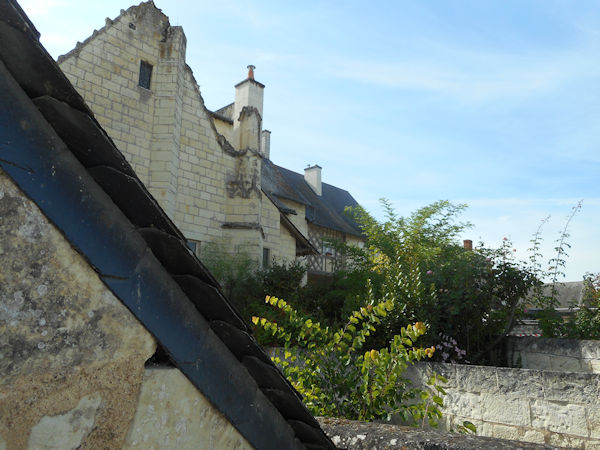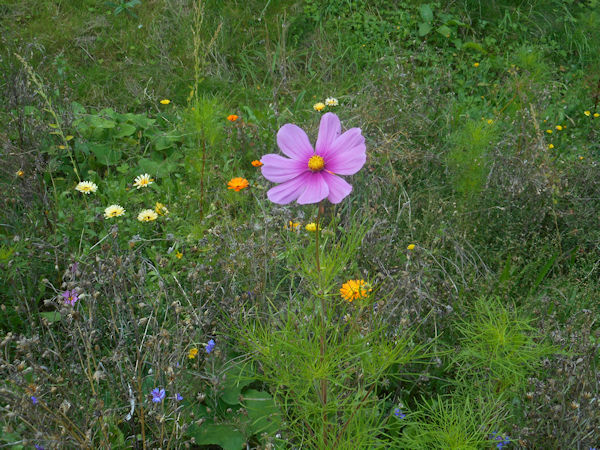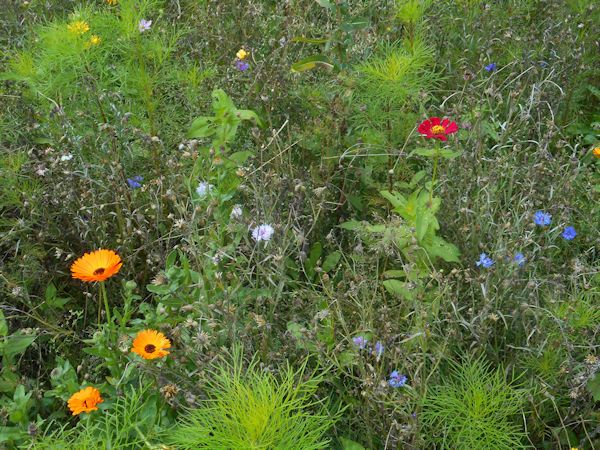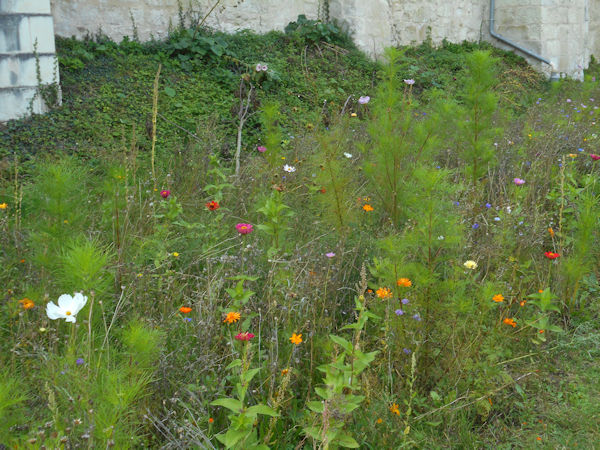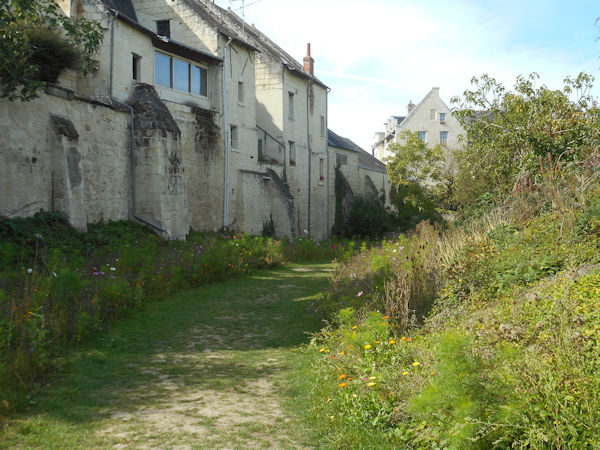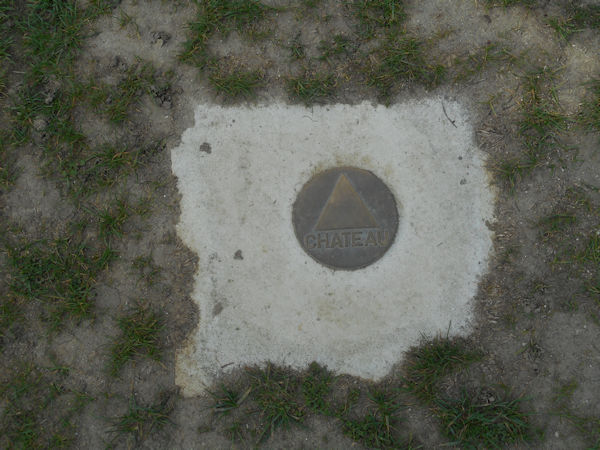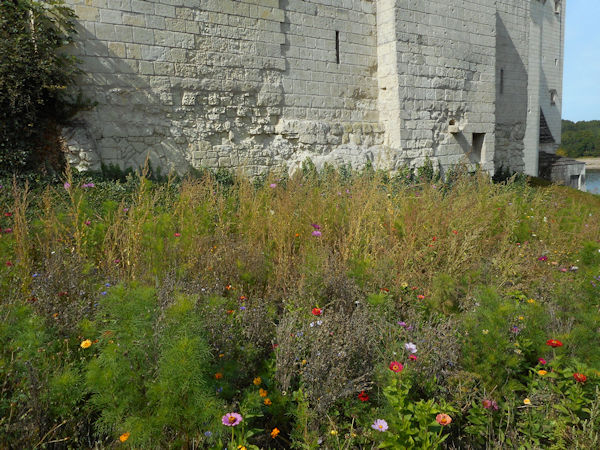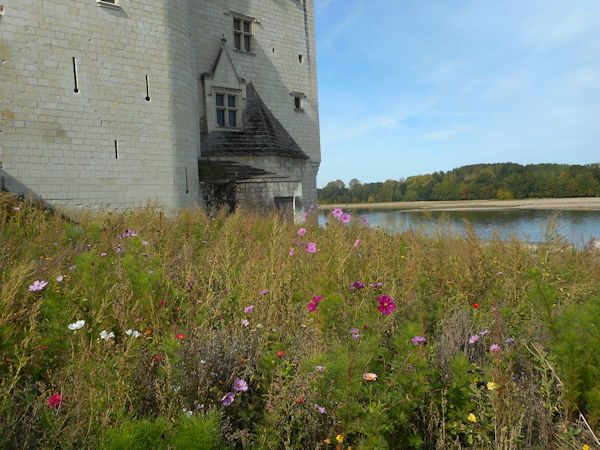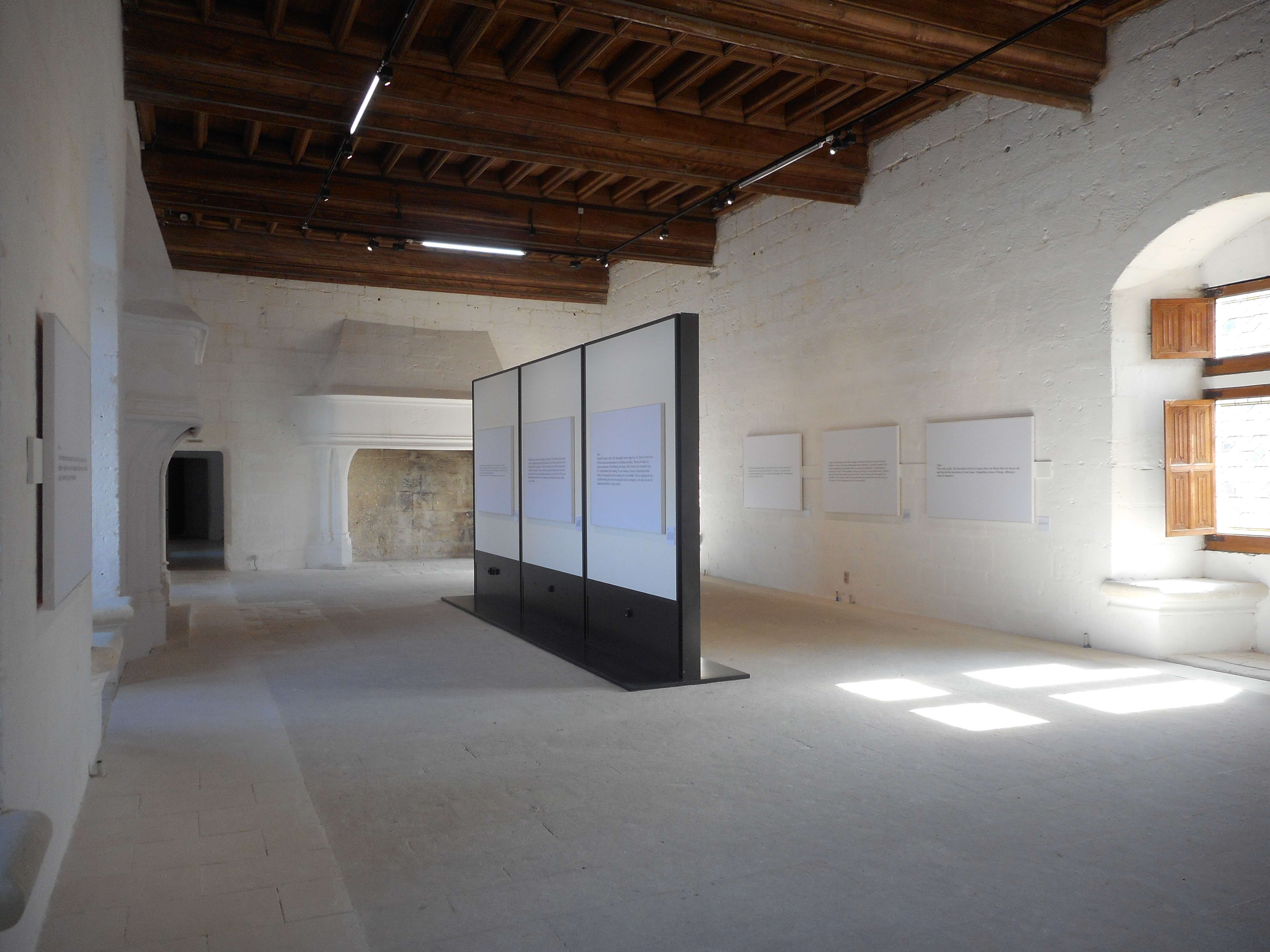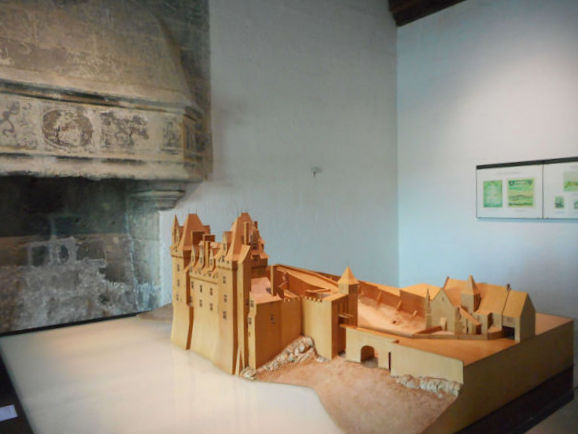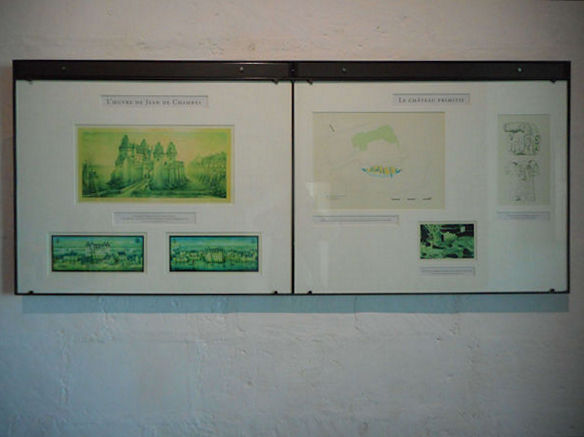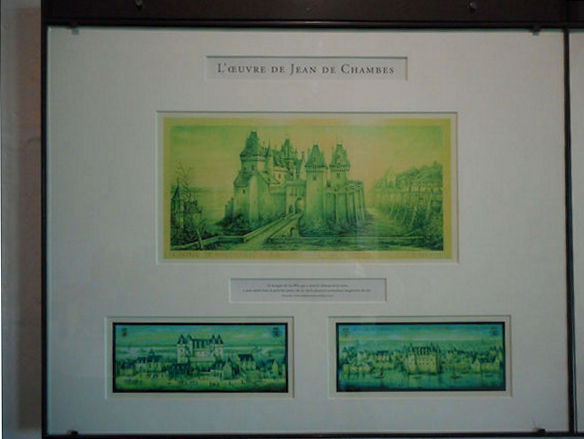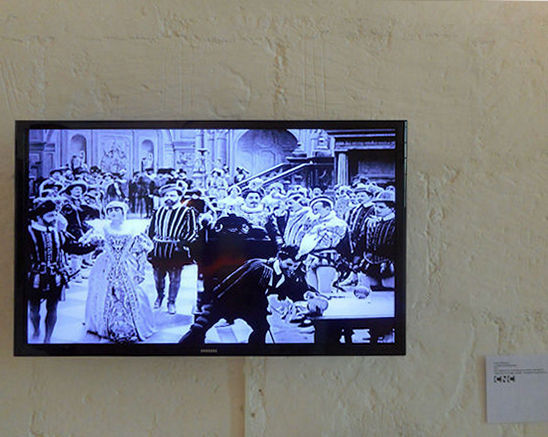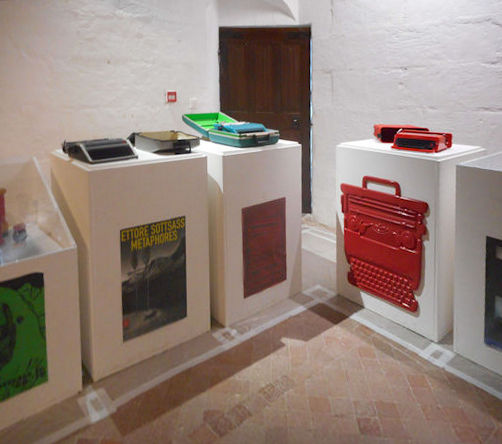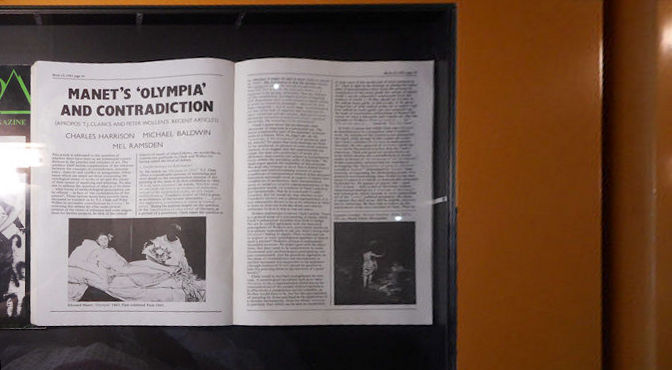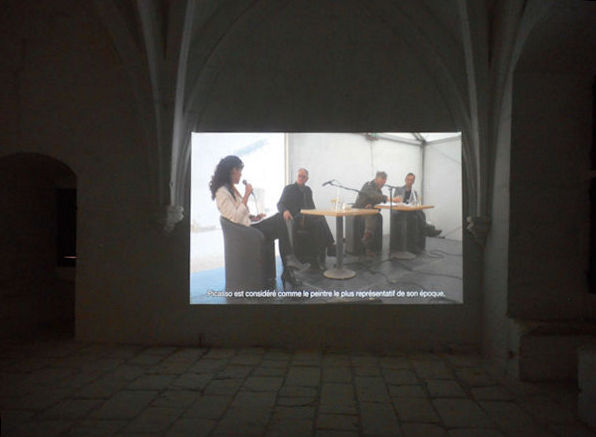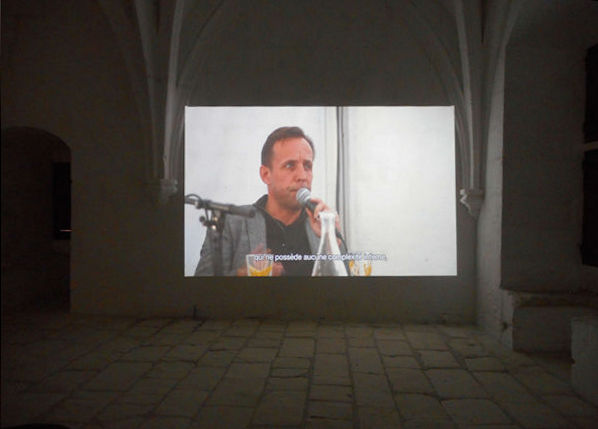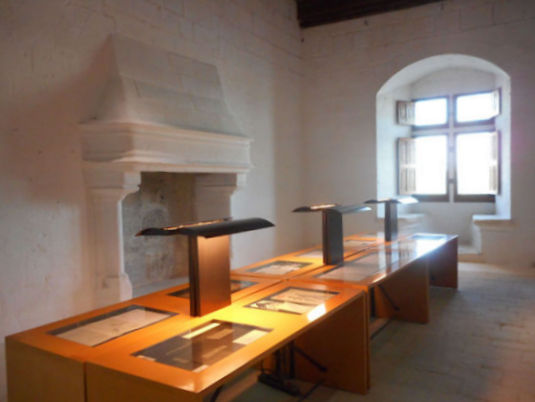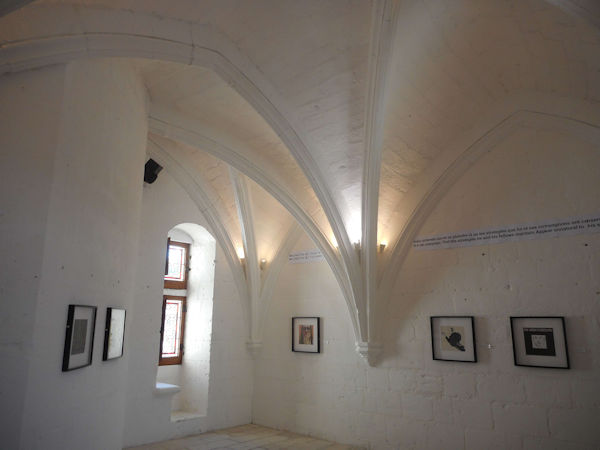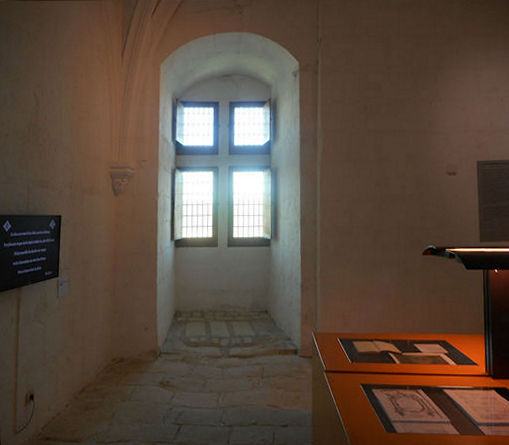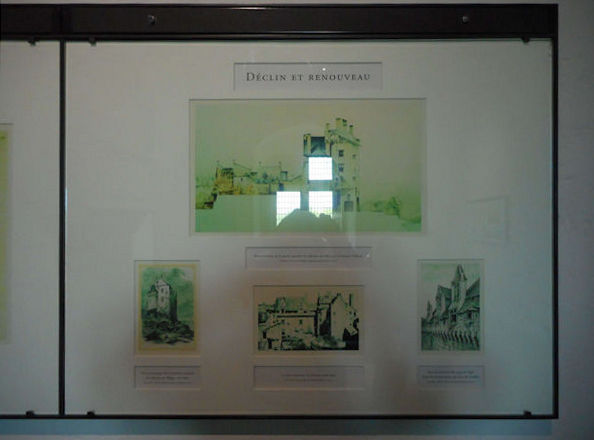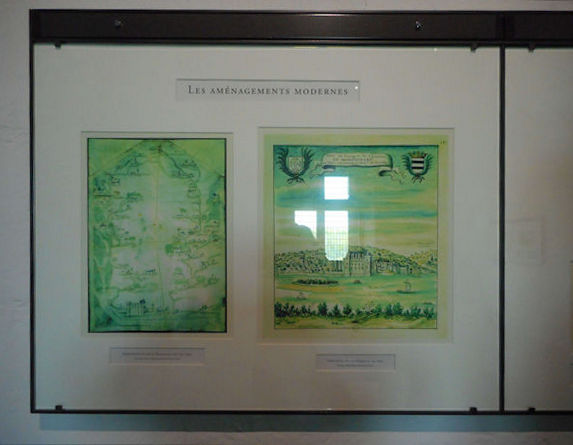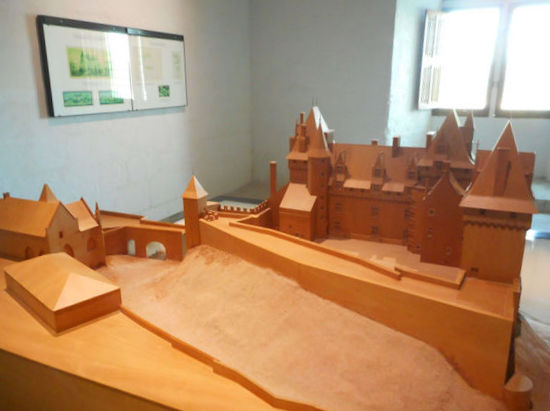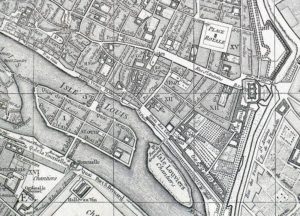
Vaugondy’s map of Paris (4e arrondissement) – 1760
The 4th arrondissement of Paris is located on the right bank of the Seine . It is bordered on the west by the 1st arrondissement , on the north by the 3rd arrondissement , on the east by the 11th and 12th arrondissements and on the south by the Seine and the 5th arrondissement . The eastern part of Île de la Cité and Île Saint – Louis are also part of the 4th arrondissement. Île Saint-Louis is the result of the union in the Middle Ages of Île Notre-Dame and Île aux Vaches. According to the General code of local authorities, it also bears the name of “arrondissement of the Hôtel-de-Ville” but this name is rarely used in the daily life.
The first dwellings on the Ile de la Cité may date from the Gallic period. In Roman times, Île de la Cité is connected to both banks by bridges located on the site of the current Little Bridge and Notre Dame Bridge . The route of Rue Saint-Martin corresponds to that of the main Roman road.
The extension of the houses on the right bank dates back to the fifth century with the construction of the sanctuary of St. Gervais. In the 9th century, Saint-Gervais is protected by a wall that was probably located at the rue de Rivoli and extend to the Seine , rue des Barres to the rue de la Tacherie . The town develops around the market of Greve (current place of the Hotel-de-Ville ) from the 11th century.
In 1111 , the city was plundered by Robert I , Count of Meulan, who destroyed the two bridges of the island. Louis VI decided to rebuild further west the bridge on the right bank and protect it with a chatelet. The construction of Pont au Change at the site brought about the appearance of a new district around the Châtelet where butchers settled.
Until the beginning of the 17th century, Île Saint-Louis was uninhabited and was a pasture area for livestock. It was fully sold under the reign of Louis XIII (1610-1643). It was at this time that it took its current name in honor of the king.
The current boundaries of the 4th arrondissement were set in 1860 , during the Second Empire , following the law of the giving rise to a new division of Paris into 20 districts .
For more of this article read Arrondissement 4e – translated from Wikipedia
Museums and galleries in the Marais
A thriving art scene in Paris’s pretty historical centre

Museums

Musée des Arts et Métiers
The ‘arts and trades’ museum is, in fact, Europe’s oldest science museum, founded in 1794 by the constitutional bishop Henri Grégoire, initially as a way to educate France’s manufacturing industry in useful scientific techniques. Housed in the former Benedictine priory of St-Martin-des-Champs, it became a museum proper in 1819; it’s a fascinating, attractively laid out…

Atelier Brancusi
When Constantin Brancusi died in 1957, he left his studio and its contents to the state, and it was later moved and rebuilt by the Centre Pompidou. His fragile works in wood and plaster, the endless columns and streamlined bird forms show how Brancusi revolutionised sculpture.
Galleries

The Centre Pompidou
The primary colours, exposed pipes and air ducts make the Centre Pompidou one of the best-known sights in Paris. The then-unknown Italo-British architectural duo of Renzo Piano and Richard Rogers won the competition with their ‘inside-out’ boilerhouse approach, which put air-conditioning, pipes, lifts and the escalators on the outside…

Maison Européenne de la Photographie (MEP)
Probably the capital’s best photography exhibition space, hosting retrospectives by Larry Clark and Martine Barrat, along with work by emerging photographers. The building, an airy mansion with a modern extension, contains a huge permanent collection. The venue organises the biennial Mois de la Photo and the Art Outsiders festival of new media web art in September.

Galerie du Jour – Agnès B.
‘We say gallery, but we could also say a place for showing the other faces and the side issues of things’ explained Agnès B. in November 1984, when she launched La Galerie du Jour a few steps from the Centre Pompidou. The designer and founder of the wildly successful eponymous label shows here anything that pleases her – painting, sculpture, contemporary art and…





